THE DECISIVE MOMENT


journal from the Documentary
Quarterly
Group
April 2024 Edition 29 ISSN 2634-8225
Photo: Sofia Conti
Contents 2 4 From Our Chair 6 The Documentary Group Team and Plan 8 In Focus - Ginger Chih 26 Almanzora’s Dust - Jordi Jon Pardo 54 ARPS Panel - Mark Godfrey ARPS 74 Documentary Group Events 76 DPA 2023 Shortlist Selection - RPS Member Category 82 DPA 2023 Shortlist Selection - Open Category 90 DPA 2023 Shortlist Selection - Student Category 96 The Culling Fields of Geronimo - Peter Range 106 On the Bookshelf: Chris Rodmell - Inis Meáin 1973-2023 122 The Documentary Group Online



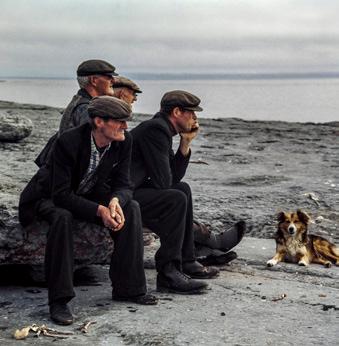
On the Bookshelf:
3
Chris RodmellInis Meáin 1973-2023 p106
ARPS Panel - Mark Godfrey ARPS p54
Almanzora’s Dust - Jordi Jon Pardo p26
In Focus - Ginger Chih p8
From Our Chair
Diversity and variety - These are probably the best words to describe the content of this edition of The Decisive Moment.
We showcase the work of some of the shortlisted photographers from our Documentary Photography Awards. As a reminder, our touring Exhibition opens in the Nunnery Gallery, London on 8 May and will feature the work of nine photographers: three from RPS Members, three Students and three from our Open category. Details of all the venues and exhibition dates can be found on our website and on our Events page.
This edition also features the work of two professional photographers (Ginger Chih and Jordi Jon Pardo) as two examples of in-depth and very focussed projects. Mark Godfrey’s Associate panel is another example of an in-depth and focussed project but working within a local community. In Mark’s case, just 100m from his home. It is not just a story of allotments, there is a different angle, it tells a story that may be new to many.
These examples are worth studying, especially if you are interested in progressing to an Associate or Fellowship distinction. Many panel submissions are unsuccessful not due to issues with image quality, but because the panel itself does not demonstrate in-depth, distinctive, or distinguished work. That will often only come from an immersion or engagement with the story over an extended period. It also provides an opportunity to tell or show something new. If we can do that then the chances of success are greater, but also, the project will likely be more satisfying and have storytelling potential beyond a distinction.
4
That is also something we try to demonstrate through our Engagement Talks. Our last two being Alicia Bruce and her long-term work with a community impacted by Trump’s golf course, and Roland Ramanan and his recently published work on Gillett Square in Dalston.
As I write this I am back working on a project on my own whilst travelling across Europe. It is a project I started back in 2016, other projects and Covid have got in the way, but I’ve continued,
albeit very slowly. It is interesting to return to something started many years ago and look at it from a different perspective.
Finally, a personal plea. We put out a request for someone to volunteer as our Finance Officer in our recent Newsletter. To date we have had no response, so I am trying to cover it, but this is unsustainable. We really need to get someone in place soon. If you have any interest in helping for a few hours a month, please get in contact.
Many thanks
Mark A Phillips FRPS Chair, Documentary Group
5
The Documentary Group Team
Documentary Group Committee:
Chair: Mark A Phillips FRPS doc@rps.org
Secretary: Nick Linnett LRPS docsecretary@rps.org
Treasurer: doctreasurer@rps.org
Members: Valerie Mather ARPS, Harry Hall FRPS, Wayne Richards, Nick Hodgson FRPS Dave Thorp, Neil Cannon
Local Group Organisers:
East Midlands: Volunteer Required docem@rps.org
South East: Jeff Owen ARPS docse@rps.org
Northern: Peter Dixon ARPS docnorthern@rps.org
Thames Valley: Philip Joyce FRPS doctv@rps.org
Central (with Contemporary): Steff Hutchinson ARPS
North West (with Contemporary): Alan Cameron
Yorkshire: Carol Hudson LRPS docyork@rps.org
Southern: Christopher Morris ARPS docsouthern@rps.org
East Anglia: Richard Jeffries docea@rps.org
Scotland (with Contemprary et al): Steve Whittaker email Steve Whittaker
The Decisive Moment:
Editor: Nick Hodgson FRPS decisive@rps.org
Sub-Editors: Lyn Newton LRPS, Rachael Thorp
Editorial: Mike Longhurst FRPS, Gerry Phillipson ARPS
Publishing Dave Thorp docpublishing@rps.org
And the Rest of the Team:
Bi-Monthly Competition: Volunteer Required dgcompetitions@rps.org
Social Media: Wayne Richards docweb@rps.org
Flickr: Volunteer Required
The Documentary Group
Plans for 2021-2024
Overall Objective
To support the RPS Strategic Plan Photography for Everyone and to enhance the relevance for Documentary Photography by engaging more diverse audiences and ensuring our activities self-fund. We have focussed our goals and 2021-2024 targets under the RPS Mission of inspiration, creativity, and connection:
Inspire – showcase inspiring photography and to shed new light on subjects of importance
These activities are focussed around showcasing and celebrating high quality photographic work and thinking, which is fundamental to the RPS’s purpose:
Engagement Talks
The Decisive Moment
RPS Documentary Photography Awards (DPA)
DPA Exhibitions
Create – encouraging a deeper understanding of photography and providing resources for photographic education
To develop the range and reach of our educational activities. We want to help photographers develop their practice, and also educate non-photographers about what is current in documentary photography:
‘Telling Stories’ Workshops
Distinction Advisory
Engage University courses
Support individual development
Connect – promote belonging and inclusivity, by supporting and engaging widely
To engage with more people and connect with other communities, including those who are not photographers, to appreciate the value of documentary photography, so that it is enjoyed and accessible to as many people as possible:
Work with groups outside RPS
Regional and international activities
Website and social media
Documentary Group Bi-Monthly Competition Monthly Newsletter
The Documentary Group is run by RPS members who volunteer their time. If you can help in any capacity, please email Mark using doc@rps.org to let him know.
rps.org/groups/documentary/about-us
In Focus
Ginger Chih discusses her book, The Dalai Lama: Leadership and the Power of Compassion, with Nick Hodgson
Born in Beijing to a Chinese father and a mother who is half Japanese and half indigenous Chinese, Ginger Chih is a US-based documentary photographer. Her career has combined her twin skills as a management consultant and executive coach, working in North America, Europe, and Asia, with that of documentary photographer. She holds an MBA from NYU’s Stern School of Business, and a Ph.D. from Cambridge University where she wrote a thesis about multi-cultural workplace dynamics in China. A practising Buddhist, she integrated the teachings of His Holiness the Dalai Lama in her professional consulting and coaching work, which resulted in more harmonious workplace relationships and deeper understanding of cultural differences. She took these skills a stage further as a photographer, documenting the Tibetan diaspora and the preservation of its cultural and national identity in exile.
Her photographic work covers the various aspects of the day-to-day Tibetan community engaging in educational, religious, and cultural activities. She has met the Dalai Lama, who has taken a special interest in her project and granted her access to his archival photos, ceremonies, and private living areas. Her book, The Dalai Lama: Leadership and the Power of Compassion, was published by Interlink Publishing in 2020. In 2023 she spoke to members of the RPS Documentary Group Central Region about her book.
All images ©Ginger Chih 2024
gingerchih.com/about
His Holiness the Dalai Lama. A highlight of my journey, photographing HHDL meditating in his private residence
8
In Focus - Ginger Chih


10
In Focus - Ginger Chih
Tibetan Monks from the Bon tradition debate

Dharamshala.
Monks from the Namgal Monastery taking a break from serving tea to the hundreds attending HHDL’s teaching
11
In Focus - Ginger Chih
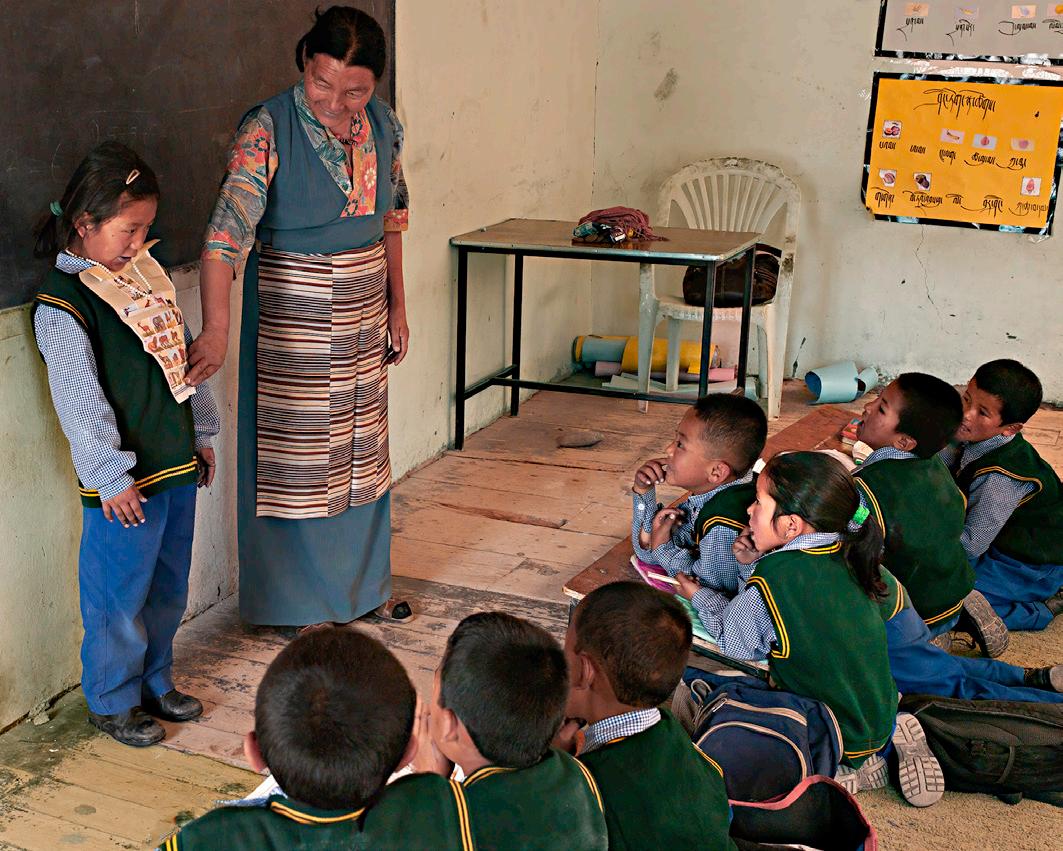
12
In Focus - Ginger Chih
Tibetan Children’s Village Student sharing her project with her classmate

13
In Focus - Ginger Chih
Tibetan Children’s Village Teamwork!
Tell us a little more about your background.
My journey started in China, where I was born, although I grew up in Japan. After a year at university in Japan, I moved to the United States to complete my undergraduate studies. I hadn’t realised just how diverse America is. I started getting very involved in the community in New York, where I was living at the time, photographing Chinese Americans, Asian Americans, Black Americans – all sorts of diversity. I printed my monochrome images, taking them to publishing houses to implore them, unsuccessfully as it turned out, to print my work about diversity. So that’s how I started, back in the late 1970’s. In parallel, I needed to earn money, so I worked for a time at UNICEF. My vision in life has always been to try and get people to understand each other better, to appreciate each other more. UNICEF was too bureaucratic for me, so I went into consulting, and ended up living in London and undertaking a doctorate at Cambridge. I became a consultant in crosscultures, mainly for multinational businesses.
I have always studied Tibetan Buddhism, and in 2006 I attended a talk by the Dalai Lama in Zurich which really resonated with me. His mantra is to practice being kind. I studied in India and developed a leadership programme for corporate clients. Along the way I met someone from the Tibet Fund, a US-based non-profit organisation designed to preserve the cultural identity of the Tibetan people, and found they needed documentary photographs of where their communities are located globally – the diaspora, especially those communities in India and Nepal.
So Buddhism has played a major part in your practice?
Studying with the Dalai Lama was transformative for me. I find his teaching very actionable, dialogue-based. I found it all very practical.
How did the project evolve?
Around 85,000 Tibetans followed the Dalai Lama into exile in 1959 (Tibet had already been annexed by China). The Tibetan diaspora live in communities called settlements. The Indian government gave them land to build infrastructure in these settlements such as housing and schools in which they could preserve culture. The main language remains Tibetan, but students also study Hindi and English and some Chinese. The large settlements are in the south of India. The president of the Tibet Fund organised for me to gain access via the Tibetan exiled government together with permission from the Indian authorities. I would stay in monasteries, guest houses, and sometimes in people’s homes within these settlements. Although the Dalai Lama lives in Dharamshala in northern India, the main settlements are in southern India. So I visited around 25 settlements across India, including right up into the Himalayas and also into Nepal.
14
In Focus - Ginger Chih
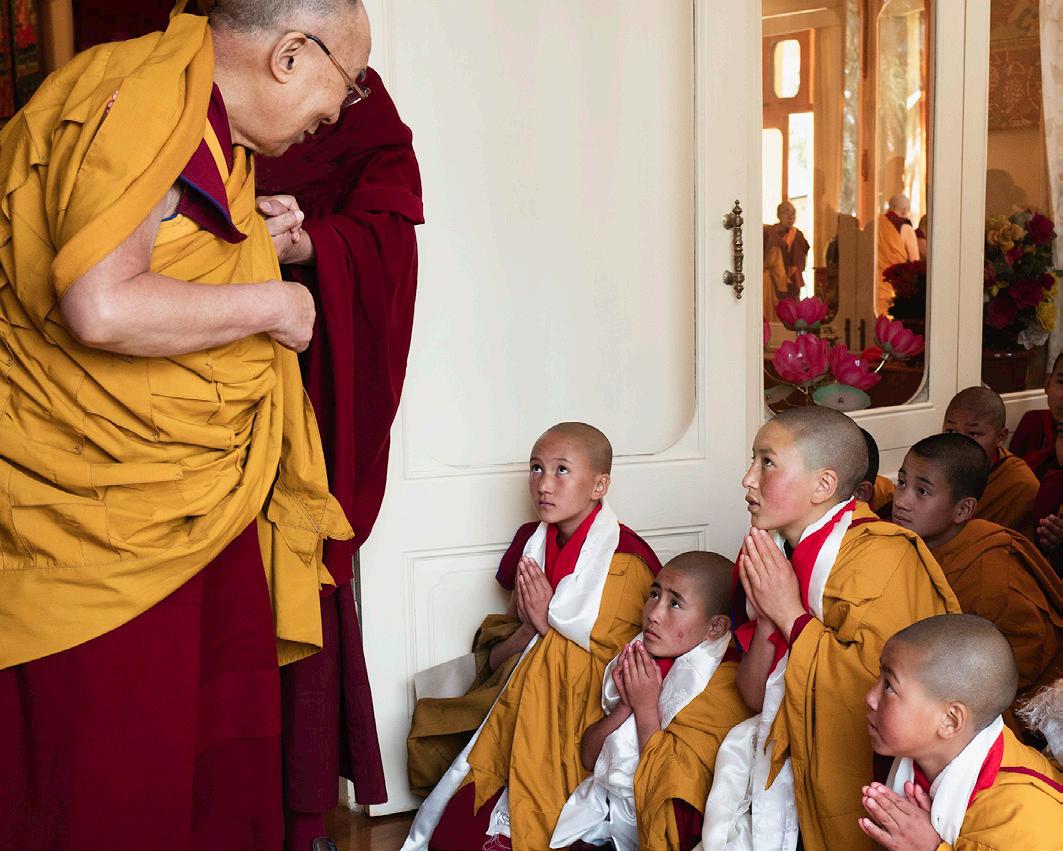
15
In Focus - Ginger Chih
HHDL with newly ordained novices
How did the settlement occupants feel about a photographer being amongst them? Did it take time to build up trust before being able to start shooting?
The whole experience was very positive right from the start. I realised that the settlements have an absolutely brilliant social structure, with an officer who would show me around and make various introductions to camp leaders within the hierarchy who would then take me to the schools and such places. I’m Chinese, and there is a nasty history between the Chinese and Tibetans, and undoubtedly if I’d tried to make this work years earlier, it really wouldn’t have happened. But the Tibetan Buddhists actually really dislike governments, not people, so I had the reverse experience – not that I was Chinese and not Tibetan, but actually positive support for the work I was trying to make. I got such a warm welcome. They would cook for me. Their hospitality was extraordinary. It was compassion in action.
How did you get such amazing access to the Dalai Lama?
Partly introduction, partly luck! In 2018 the Dalai Lama was visiting near me in California where I attended an event, and I subsequently went to Dharamshala in the hope of meeting him. In fact anyone can request this, online. If you’re lucky, you get an email with the opportunity to visit his holiness as part of a group, an audience if you like, and I was lucky enough to receive an email and went along at the appointed time. The Dalai Lama always has a photographer with him. I had taken my camera with me and ended up standing next to his photographer. The Dalai Lama turned to me and asked, “who are you?” and somebody pushed me from behind until I was right in front of him. I introduced myself as a documentary photographer and that my work was commissioned by the Tibet Fund, and he replied, ‘I want to meet you’. Such karma!
I subsequently received an email from one of his secretaries with a time slot to see him and it was clear that he wanted to meet me for my photographs, not simply as a fellow Buddhist. I was also invited to photograph the Tibetan Oracles in his private temple, which is such a privilege. I was the only non-Tibetan there. It really was an amazing experience. Afterwards I met him, and he asked me what I thought of the oracles – such a big question! He then looked at the photographs I had brought with me, making occasional observations. I ended up spending almost two and a half hours with him. I was then invited by him to another meeting, this time at his house to photograph him meditating – just the most incredible access for me to shoot some portraits.
He has a meditation room that’s not very big, but he has a large chair and some LED lights. It’s really dark and quiet in there. I took out my tripod and suddenly the Dalai Lama said ‘I see you need light’ so he moved his LED lights onto his face and invited me to come as close as I wanted. He then went into a deep meditation, and I just started shooting.
16
In Focus - Ginger Chih
This was the first project in my life that I shot digitally, using a Leica Q with a 28mm, not an obvious choice of lens for this sort of work! So I had to get up close, but the results seemed to have worked out well. I subsequently found out that, as a younger man, the Dalai Lama had himself owned a Leica and knew a bit about photography!
This whole process you have described seems so effortless – was it?
Actually, he’s so natural, it was really very straightforward.
How did the book come about?
I started putting it all together during the pandemic, given the free time available. I wrote a 50,000-word manuscript about what I had found, alongside around 100 images, and sent a draft to the Dalai Lama’s office for fact-checking. They responded saying that he would like to write a foreword to the book. That was an amazing moment! I didn’t have a publisher and I had a really hard time finding one, as the Dalai Lama is an issue for a lot of publishers, simply because of distribution and political issues in some countries. Having exhausted many options, I eventually approached Interlink Publishing in Northampton, Massachusetts, which had previously published a book on him but don’t normally work on photography books, and they went for it.
It ended up as a 224-page book of text with 100 colour plates. Whilst I do like working in black-and-white, I shot this project in colour because the Tibetan colour palette is so vibrant, and also because different schools of Buddhism have different colours.
What’s next?
I’ve been doing some talks on my book and hope to continue as the response to my work has been fantastic, which obviously I’m very proud of.
17
In Focus - Ginger Chih
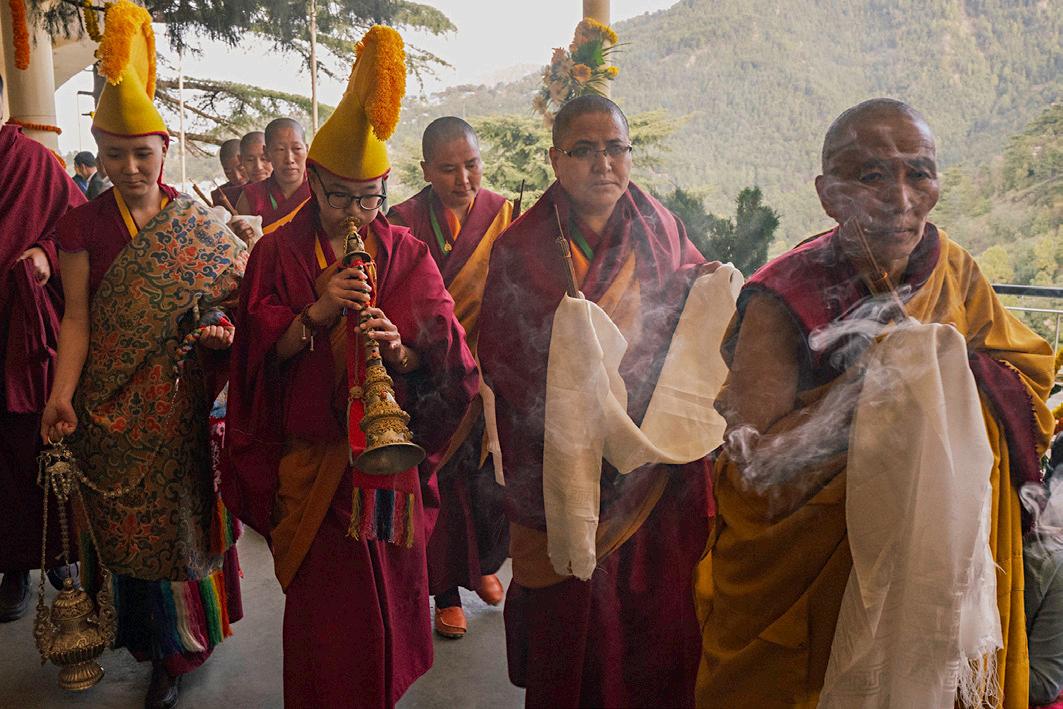 Tibetan Nuns
Tibetan Nuns
First Long Life Offering for HHDL organized by forty nunneries
18
In Focus - Ginger Chih

Dharamshala
HHDL and participants of the Mind & Life conference during tea break
19
In Focus - Ginger Chih

20
In Focus - Ginger Chih
Khandro-la, medium of the Tenma Oracle
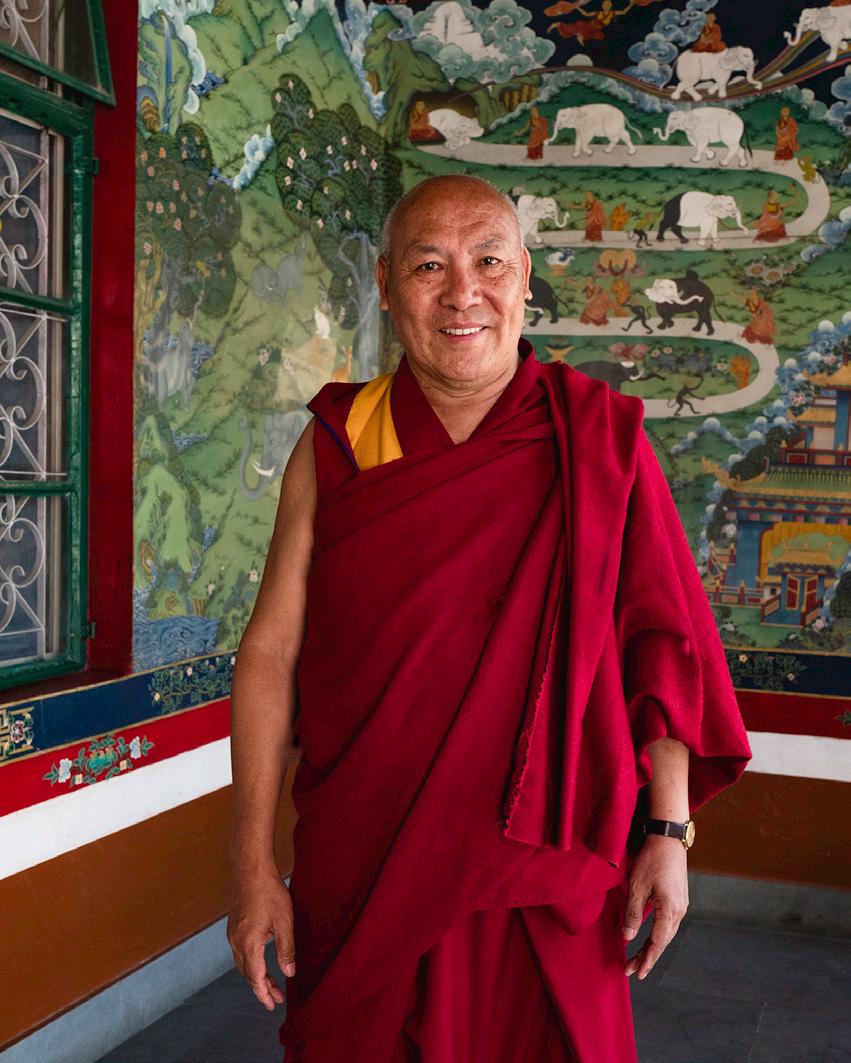
Director Geshe Lhakdor in front of the Library of Tibetan Works and Archives—his task from the Dalai Lama is to integrate modern science into the curriculum of monastic education.
21 In Focus - Ginger Chih
Dharamshala
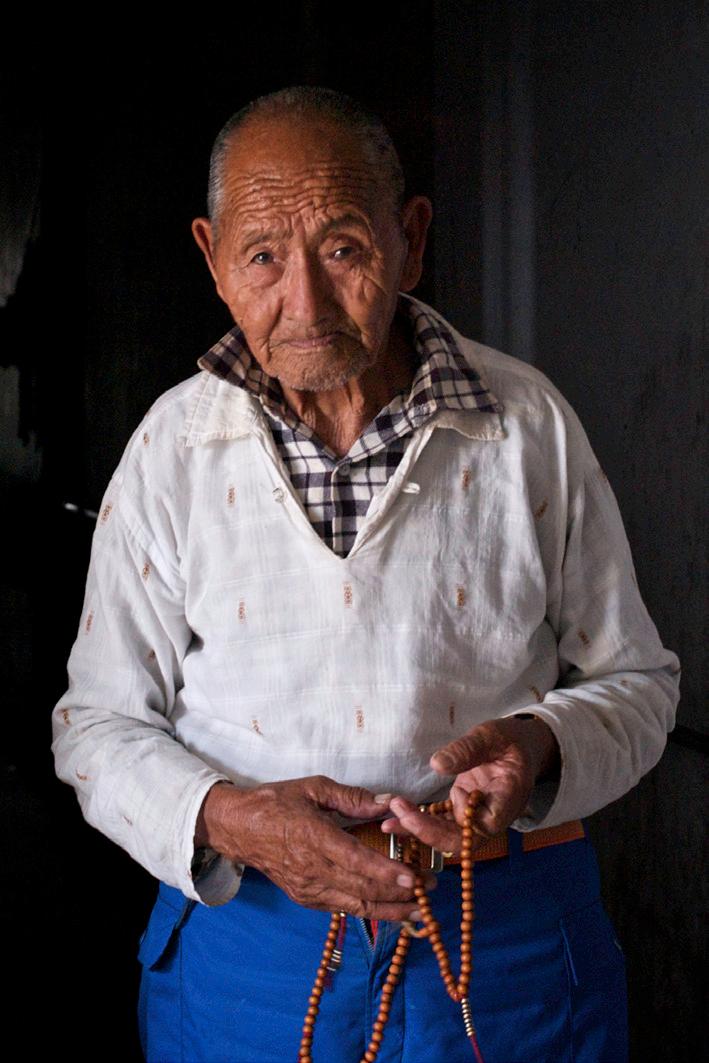
22
In Focus - Ginger Chih
Man with prayer beads, Senior Home, Dharamsala

23
In Focus - Ginger Chih
Tibetan Prayer Flags

24
Tibetan Nomads
In Focus - Ginger Chih
Mother and daughter-in-law milking pashmina goats
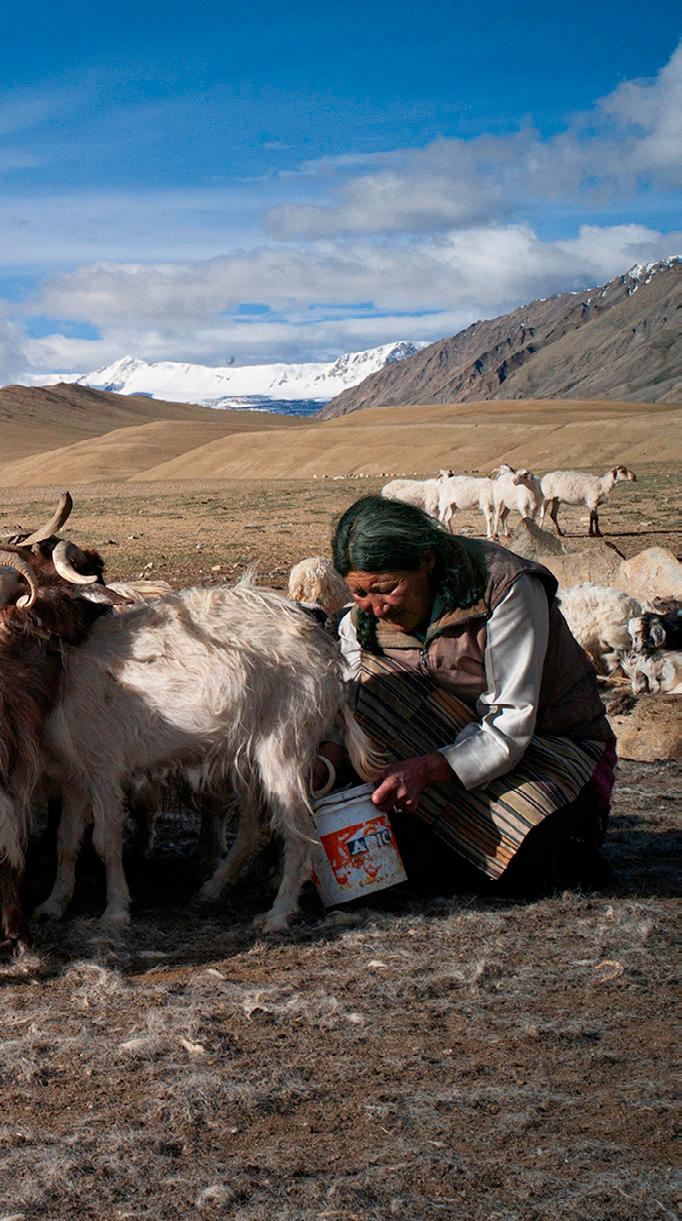
25 In Focus - Ginger Chih
Almanzora’s Dust
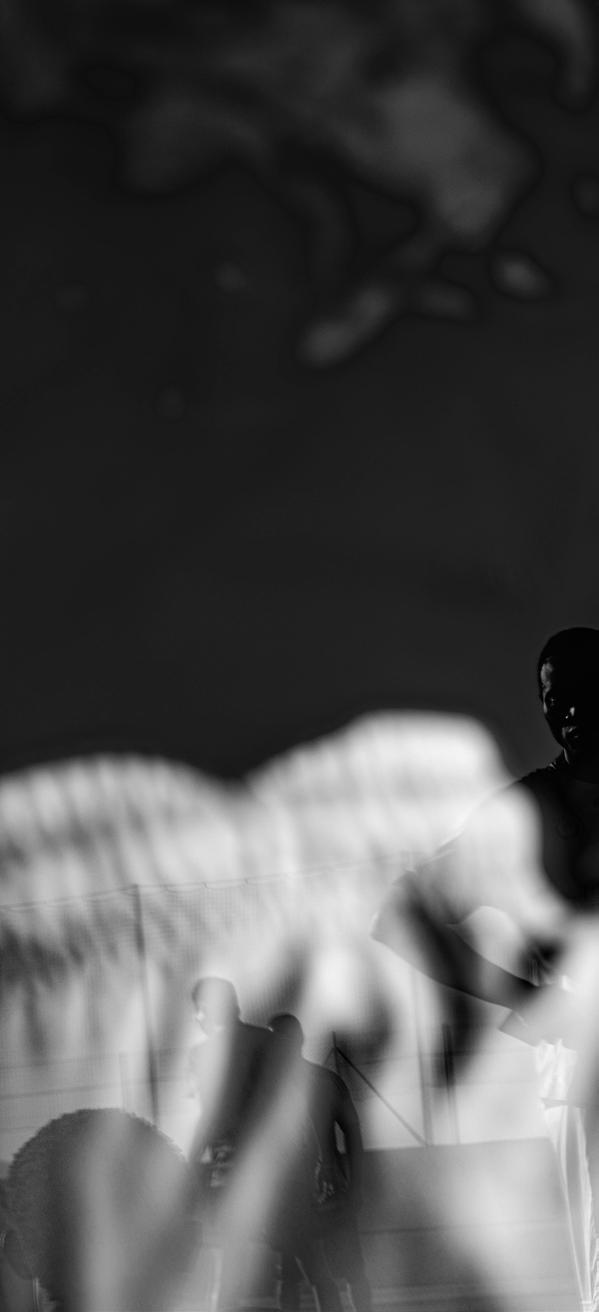
26
Jordi Jon Pardo
Almanzora’s Dust - Jordi Jon Pardo
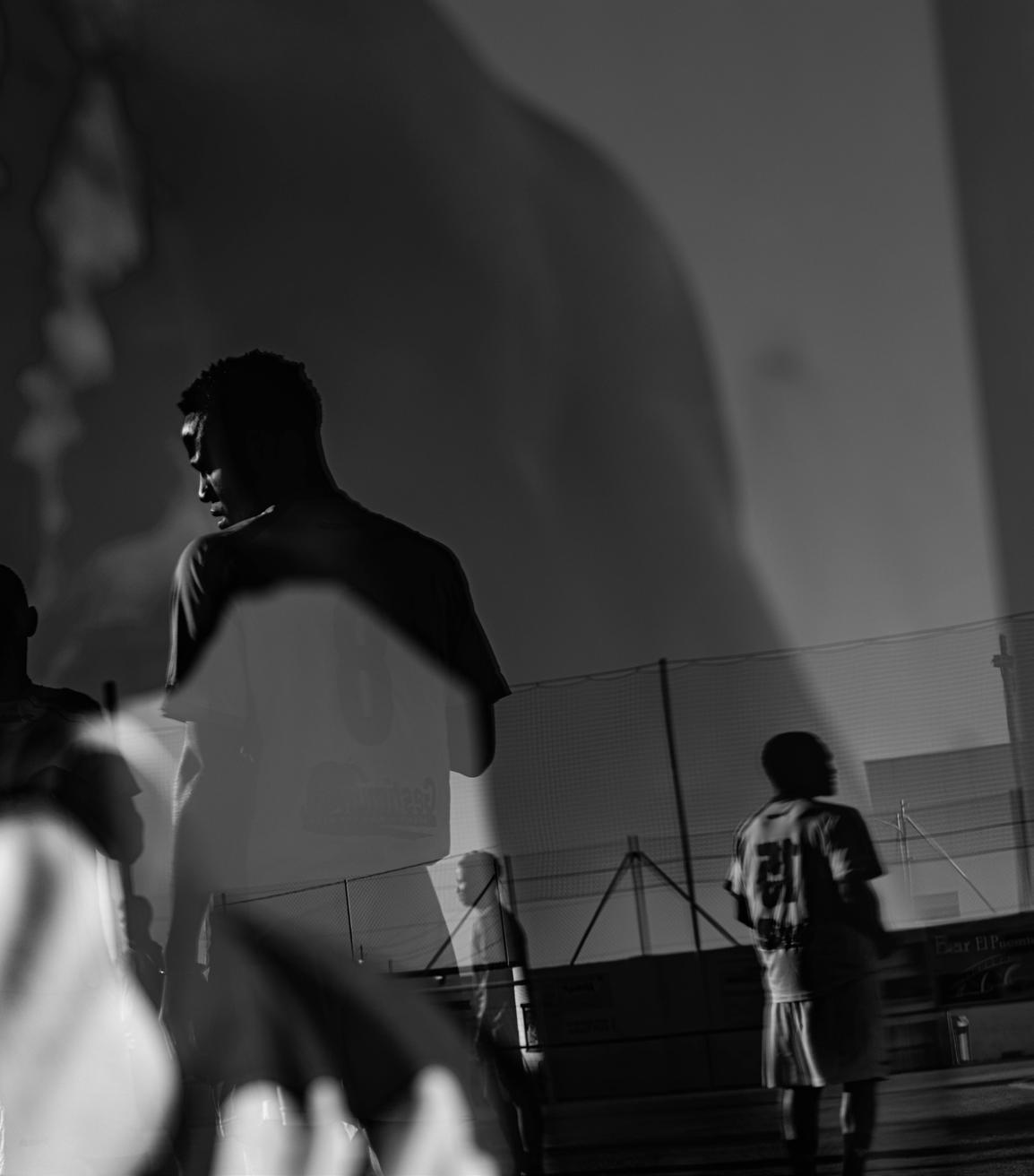
27
Almanzora’s Dust - Jordi Jon Pardo
Famara (left) with other African players from Cuevas del Almanzora.
Jordi Jon Pardo is a full-time professional journalist and documentary photographer living in Spain.
My work is greatly influenced by my role as an explorer for National Geographic, which has allowed me to approach my subjects with a depth and rigour that I find incredibly rewarding.
Over the course of my five-year professional photography career, I have, so far, cultivated a profound affinity for narratives that echo with deep human significance and ecological resonance. My journey with the camera has been a relentless pursuit of those moments that intimately connect us to our environment and each other, revealing the all-important and profound interplay between humanity and the natural world.
I’ve been working on Almanzora’s Dust since discovering the story in 2020. It’s an ongoing endeavour that continues to evolve as I delve deeper into the community and its stories. Immersing myself in the lives of people has allowed me to unearth stories that challenge stereotypes and preconceptions associated with migration in this part of Spain. Each interaction unveils layers of personal and collective history that are both profound and enlightening.
I’m based in Barcelona, which offers a vibrant backdrop for a variety of stories and a central hub from which to explore the diverse narratives across Spain and the rest of Europe.
What is the story?
Almanzora’s Dust is a documentary photography project aiming to capture the life and resilience of the African diaspora in the Levante Almeriense region of southeastern Spain. This region hosts the world’s largest greenhouse, and many migrants, particularly young Africans, come here seeking work and a better life.
More specifically, the project wants to delve deeply into their lives through the role of the Famara Association (Deportivo Cultural and Social Association of African Immigrants of Cuevas del Almanzora) which plays a crucial link between migrants and the local community in fostering a sense of community and resilience, promoting integration and mutual support through their shared passion for football.
It provides migrants, many of whom are agricultural workers facing daily challenges, a platform to connect, express themselves, and find support, including financial support through fundraising. In doing so, the Famara Association helps alleviate social tensions, foster mutual understanding, and build a sense of community in a region that presents challenges for many young Africans.
A significant aspect of the project revolves around a football tournament organised by the Famara Association each summer in Cuevas del Almanzora (Almería). This event serves as a microcosm of the broader narrative, exemplifying teamwork, shared goals, and collective resilience among the migrants.
28
Almanzora’s Dust - Jordi Jon Pardo
What is the appeal to the general public?
Almanzora’s Dust interweaves the themes of cultural diversity, and human life. The tournament brings together many young people, most of them field workers who find unity in sport during their free time.
Focusing on the human being it delves into the daily life, struggles, dreams, and victories of this community, offering readers an intimate look at people who, although their life circumstances differ from the majority, share universal concerns. The narratives are linked to broader issues such as identity formation, human rights, and the far-reaching implications of migration, making the story relevant to a wide range of readers.
The story subverts the often negative and simplified narrative of migration, at least in Spain, explaining instead the resilience and positivity. By capturing their experiences, Almanzora’s Dust fosters empathy and a deeper understanding of them as individuals struggling for a better life, just like anyone else.
Why is it important to tell this story now?
The importance of explaining Almanzora’s Dust is intensified due to the growing influence of exclusionary discourse in southeastern Spain where this story is located. Localities like El Ejido and Níjar have become bastions of these thoughts. Although the story focuses on Levante Almeriense, it reflects challenges and themes that are relevant in many other places in the world, where migrants face similar difficulties.
Many of these young people arrived in Spain via the Mediterranean Sea, a journey that has claimed the lives of over 1,800 migrants in 2023 alone. The struggle continues upon reaching their destination in southeastern Spain where they face pressing issues.
Almanzora’s Dust aims to be a testament to the power of collective action to overcome adversity, providing a beacon of hope in a climate of increasing division.
All images ©Jordi Jon Pardo
www.jordijon.com
29
Almanzora’s Dust - Jordi Jon Pardo
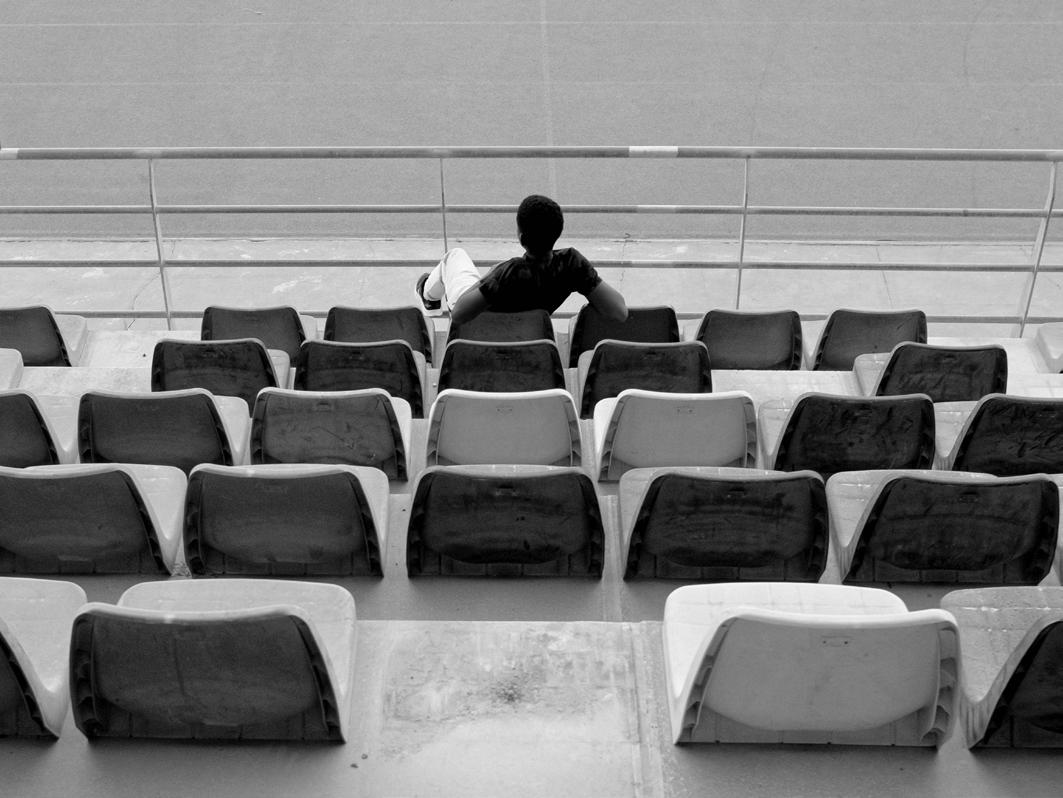
A boy watches a match between two African teams in Roquetas de Mar, pitting some locals against the African team from Cuevas del Almanzora
30
Almanzora’s Dust - Jordi Jon Pardo
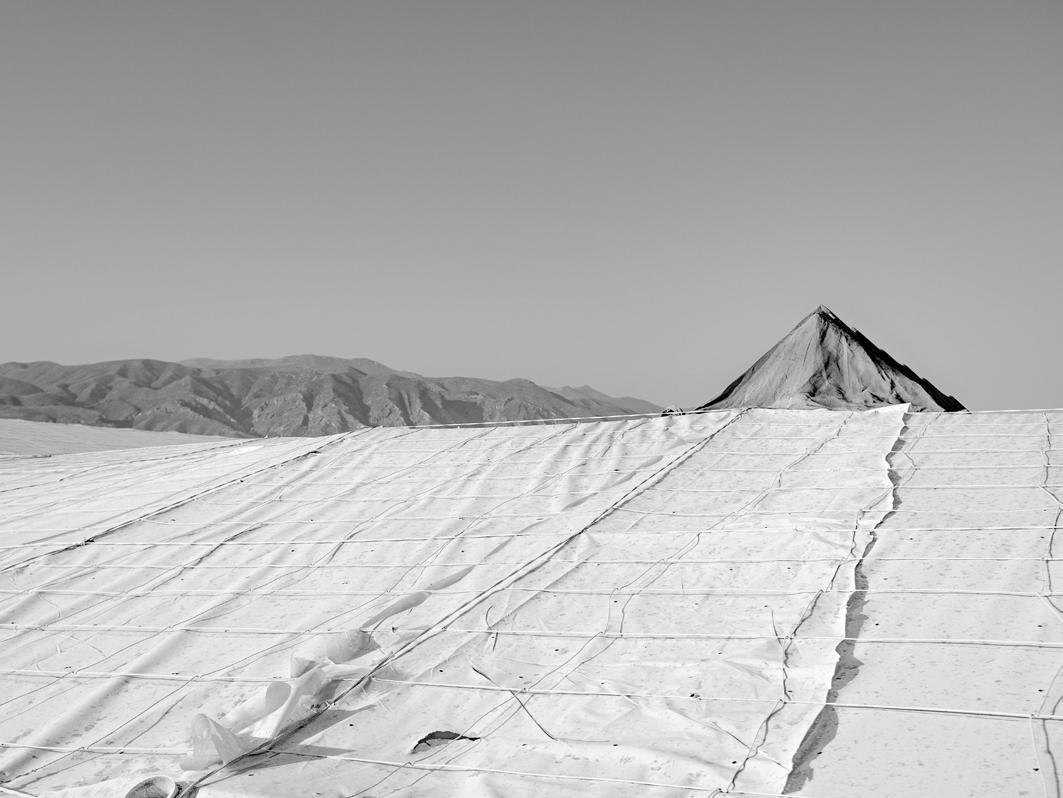
Greenhouse fields in Southern Spain, also known as ‘Mar de Plástico’ (Sea of Plastic), in the province of Almeria. Their gates hide, not just hectares of greenhouses, but dying lands affected by waste pollution and chemicals. The agroindustrial complex was born in the ‘60s, during Franco’s autarky. Almost sixty years later, this territory of Southern Spain has become the largest greenhouse in the world, where the vast majority of laborers are African migrants. The unsustainable invasion of greenhouses has expanded to exceed more than 30,000 hectares of Mediterranean nature.
31
Almanzora’s Dust - Jordi Jon Pardo
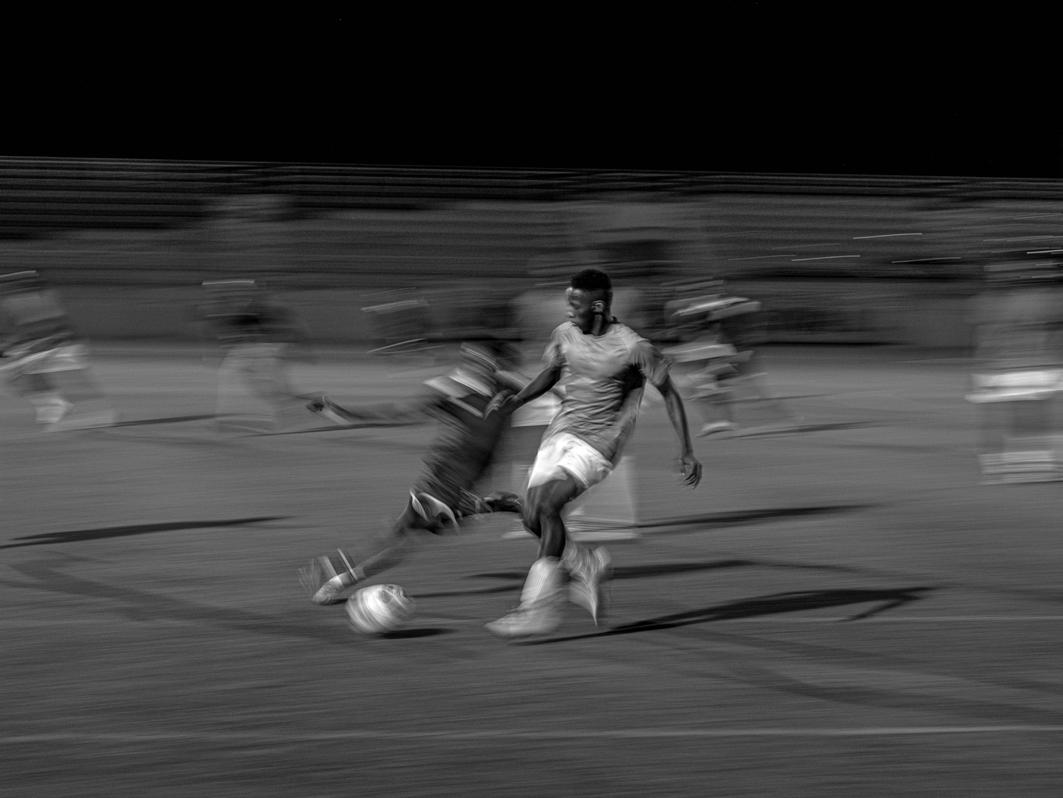
A high intensity moment in the match between the Roquetas de Mar team and the African team from Cuevas del Almanzora.
32
Almanzora’s Dust - Jordi Jon Pardo

33
Almanzora’s Dust - Jordi Jon Pardo
A tree affected by plastic pollution from greenhouses in Southeast Spain.
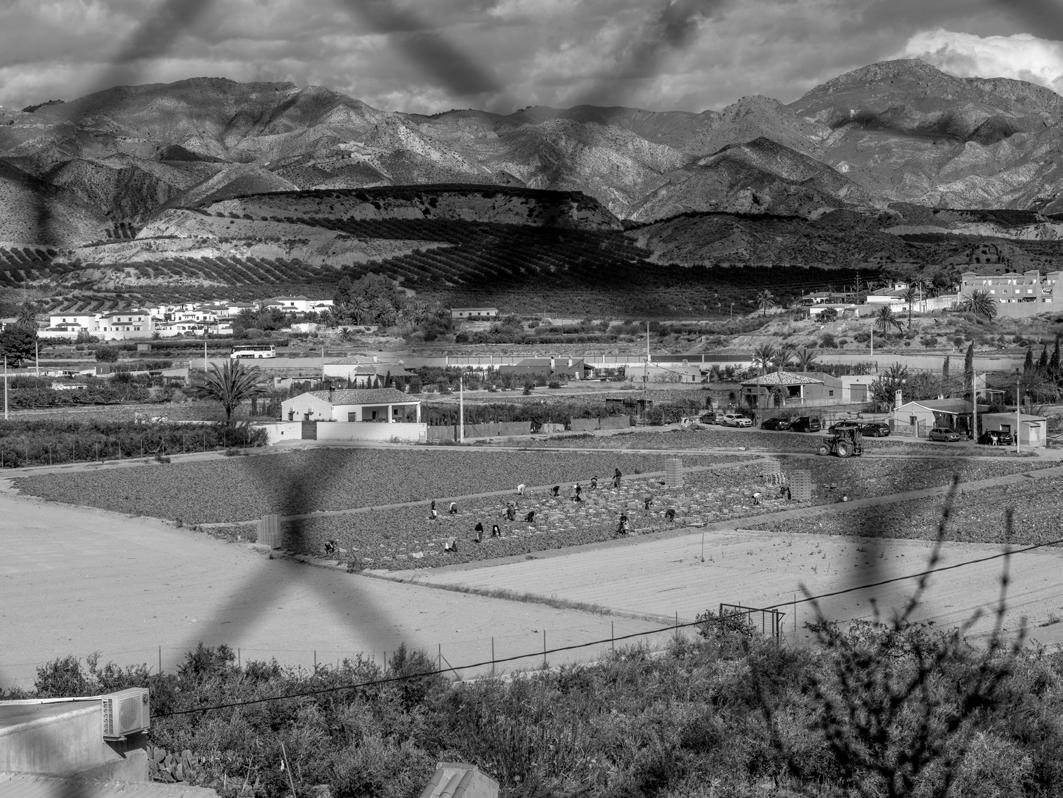
34
Almanzora’s Dust - Jordi Jon Pardo
African day labourers in the fields of Cuevas del Almanzora.
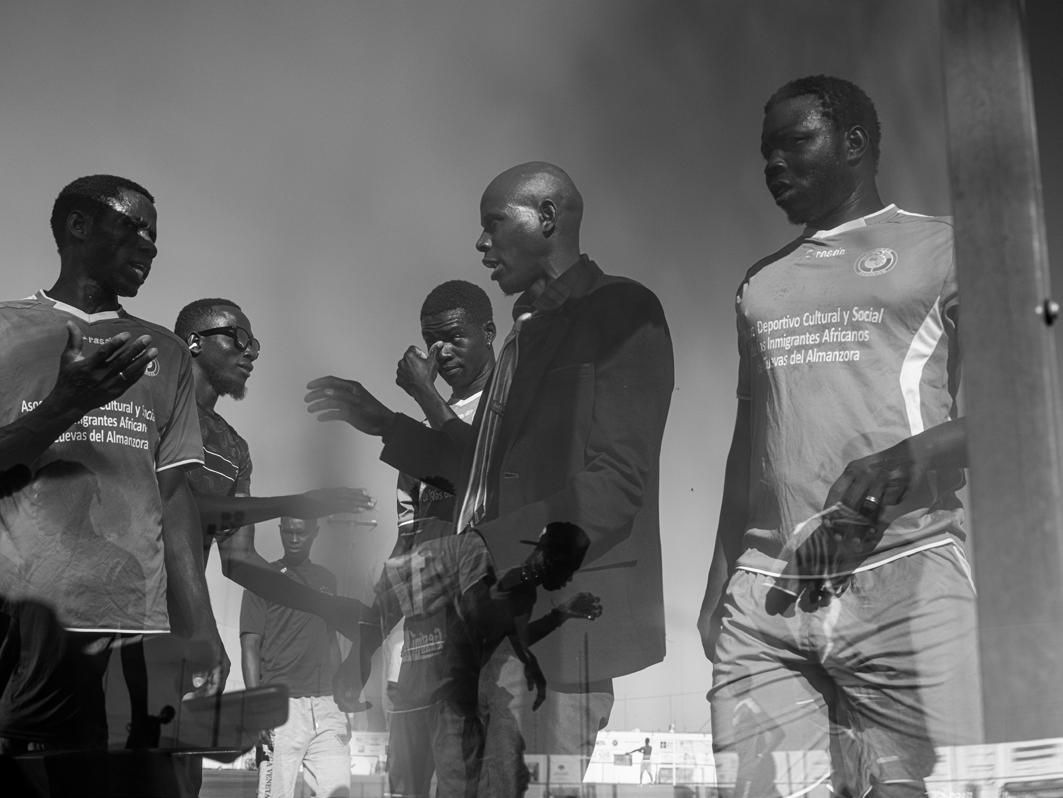
The boys talk heatedly at halftime during a match at the Cuevas del Almanzora municipal stadium. Their crest is the logo of the Economic Community of West African States (ECOWAS). A big phrase in Spanish can be read across the front of the jersey: Asociación Deportivo Cultural and Social Sports Association of African Immigrants of Cuevas del Almanzora. Famara has been its president since its founding in 2019.
35
Almanzora’s Dust - Jordi Jon Pardo

Famara’s hands.
Famara is the chairman, coach, and sometimes central defender of this team of young African. In 2006, Famara risked his life crossing the strait between Spain and Morocco. He was barely twenty years old. “In a small boat and many hours”. In total, it was a nine-day trip from Casamanza, south of Senegal, to Spain’s southern coast.
36
Almanzora’s Dust - Jordi Jon Pardo

37
Almanzora’s Dust - Jordi Jon Pardo
Famara in Vera, a neighboring town of Cuevas, on the day of the lamb slaughter.
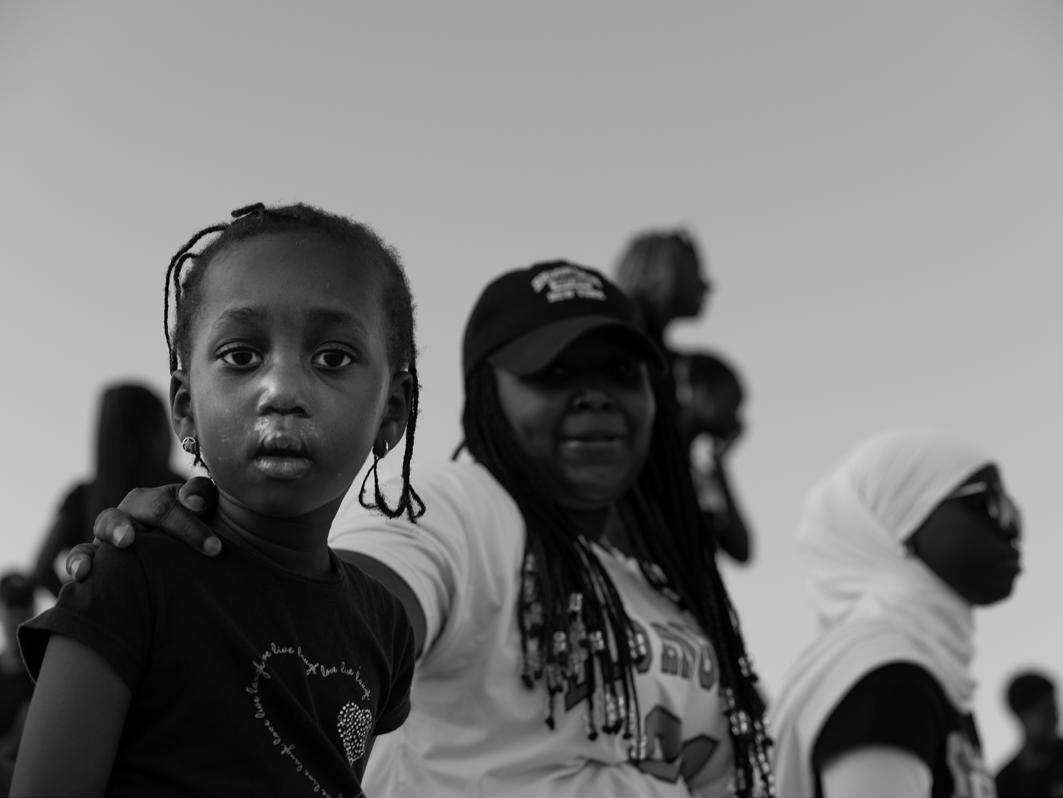
Youths enjoy the African community matches in the stands, an event that brings together African migrants and new generations from West African countries such as Senegal, Guinea-Bissau, and Gambia.
38
Almanzora’s Dust - Jordi Jon Pardo
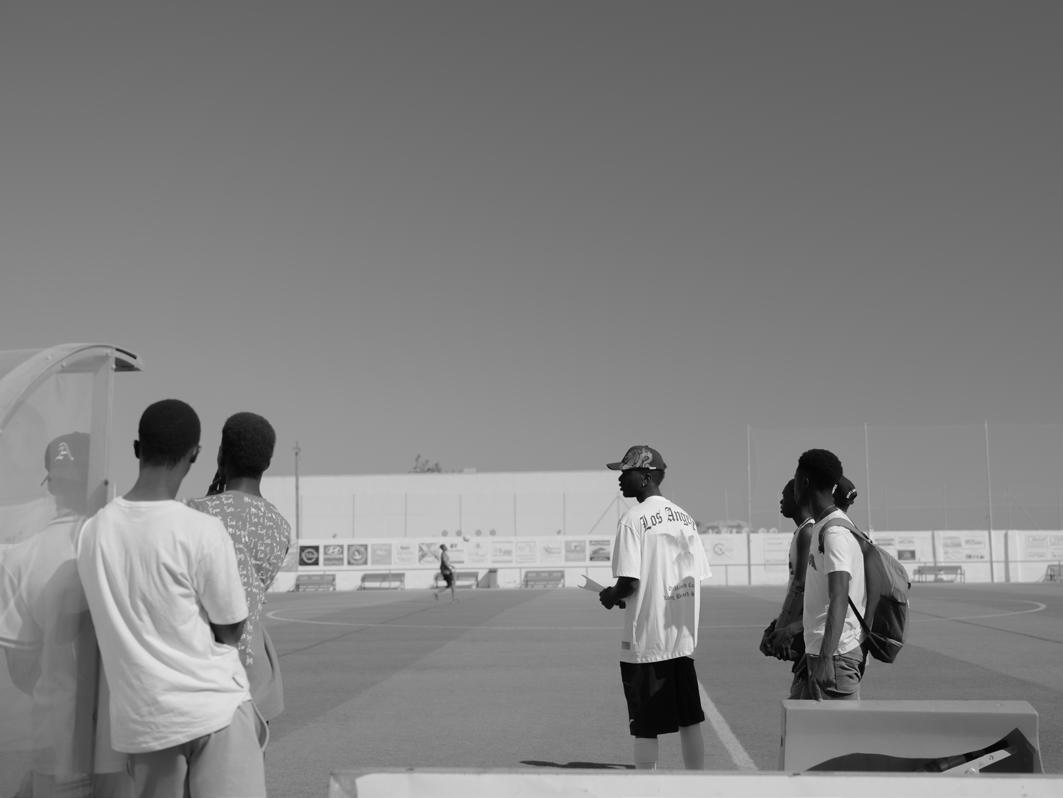
Matchday in Cuevas del Almanzora, the first match of the summer tournament organized by the Famara association, which raises funds to help African migrants in the town.
39
Almanzora’s Dust - Jordi Jon Pardo

40
Almanzora’s Dust - Jordi Jon Pardo
The benches at Cuevas del Almanzora municipal field during a match of the African community in the Levante Almeriense.
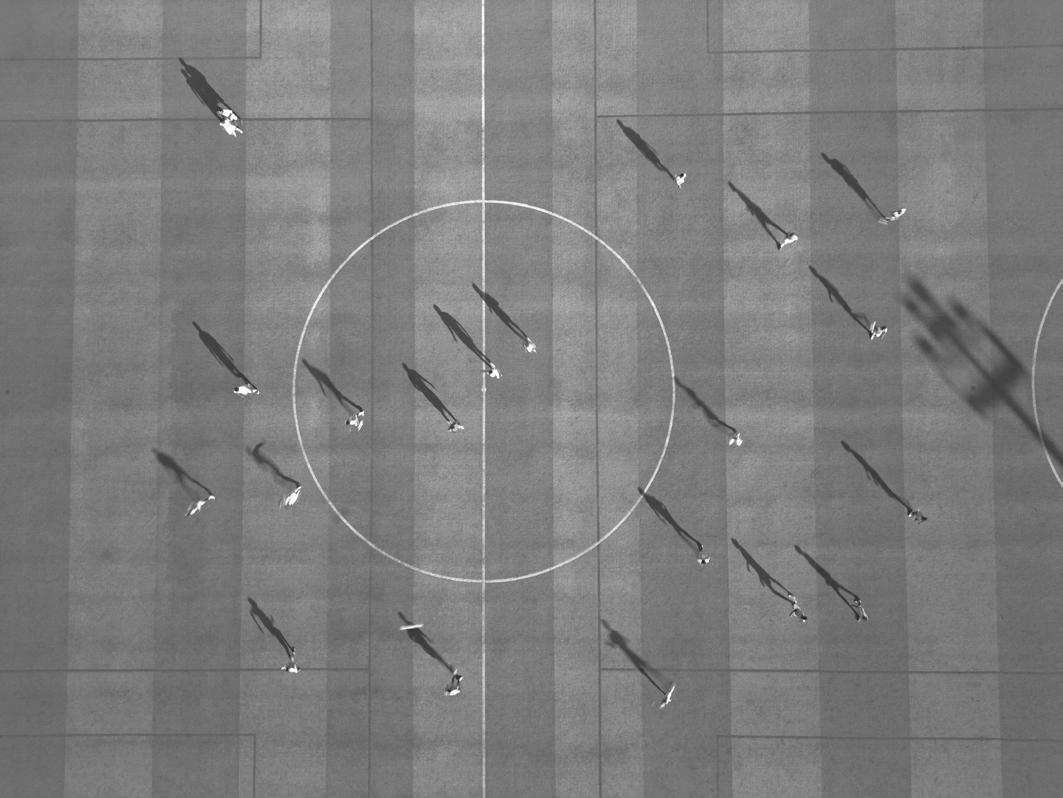
41
Almanzora’s Dust - Jordi Jon Pardo
Aerial shot capturing a match at the municipal stadium in Cuevas del Almanzora.

The team training in the Almanzora river, which has almost completely dried out due to droughts and agricultural practices in the area. The water reservoir, located 7 kilometers to the northwest, is considered technically ‘dead’ and needs to be diverted from other rivers to supply the region with water.
42
Almanzora’s Dust - Jordi Jon Pardo
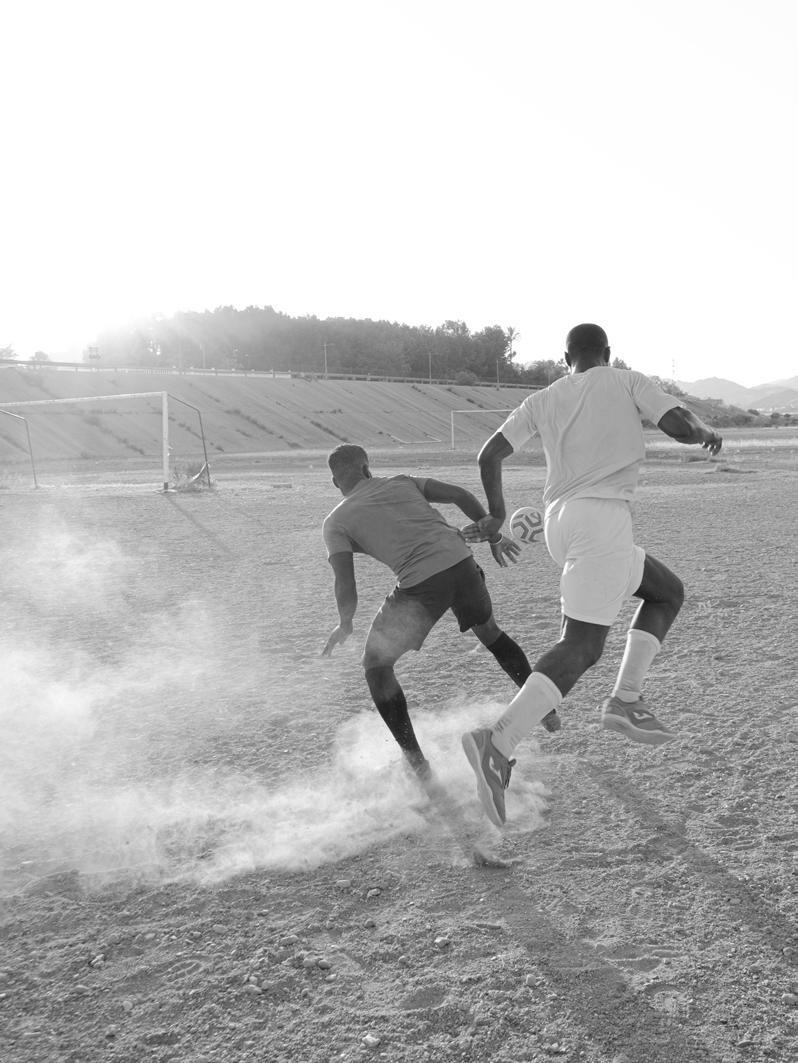
Elhadji, Famara’s younger brother, dribbling against an opponent in a training session in the Almanzora.
43
Almanzora’s Dust - Jordi Jon Pardo

Famara, when he was younger, used to play for a neighboring club, A.D. Los Gallardos. The photograph shows a sportsmanship award that Famara received for a great feat in 2010: he only saw one yellow card in the entire competition. “I ran more than anyone else,” explains Famara.
44
Almanzora’s Dust - Jordi Jon Pardo

45
Almanzora’s Dust - Jordi Jon Pardo
Famara dressed in traditional African attire on the day of the Eid al-Adha.

African players from Cuevas del Almanzora. Sometimes they rent the municipal field for fifty euros. They warm up by making circles.
46
Almanzora’s Dust - Jordi Jon Pardo
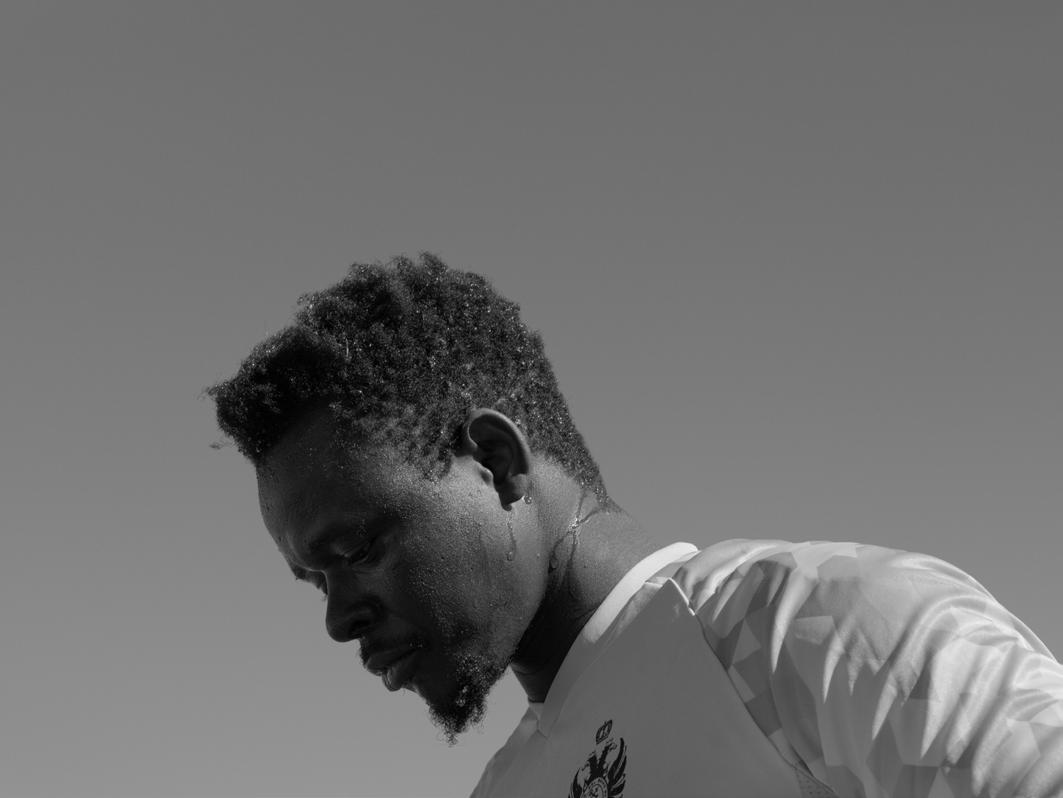
Ibrahima is their best goalkeeper. Ibrahima arrived in Cuevas in 2018. He speaks as many languages as an interpreter: Wolof, Mandinka, French, Italian and Spanish. He is 27 years old and shares an apartment with other African friends from Cuevas. He crossed the Mediterranean seven years ago, from Tunisia to Sicily, a three-hundred-kilometer sea crossing.
47
Almanzora’s Dust - Jordi Jon Pardo
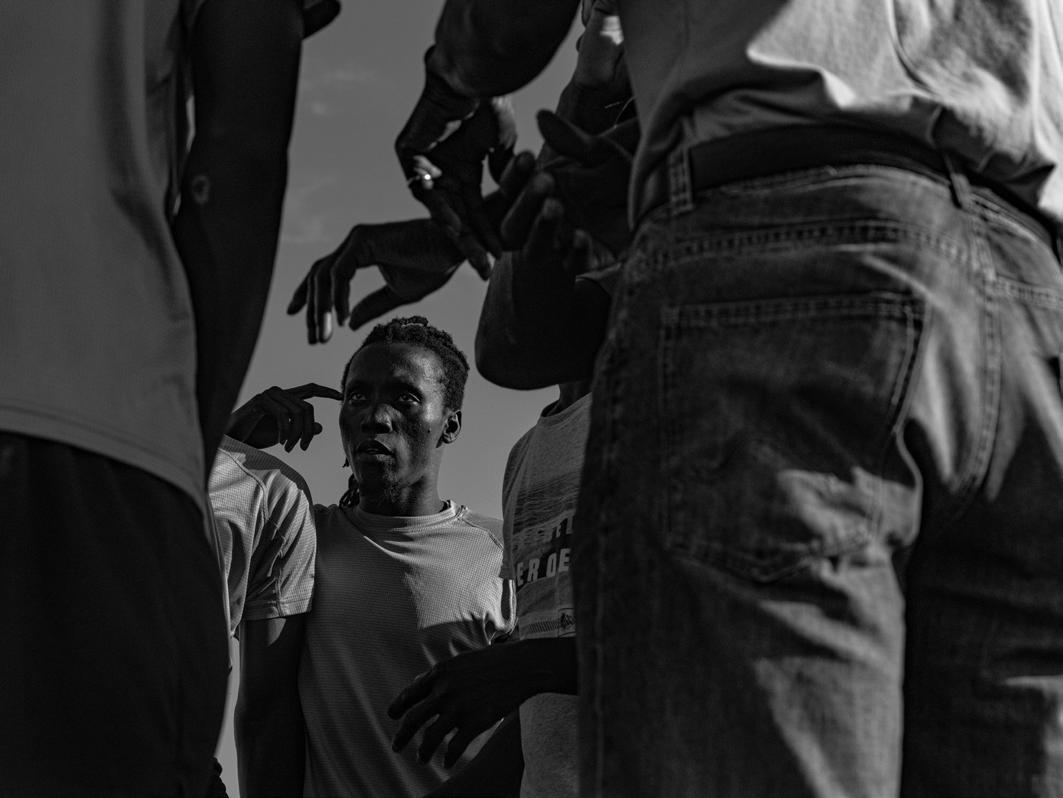
Ibrahim Diouf arrived in Cuevas in 2018 when he was 20 years old. In 2021, he sustained an injury while training along the Almanzora River. This injury sidelined him for three months, preventing him from working in the fields as a day laborer. However, the Association provided Ibrahim with monthly assistance of 150 euros, helping him sustain himself during his recovery period.
48
Almanzora’s Dust - Jordi Jon Pardo
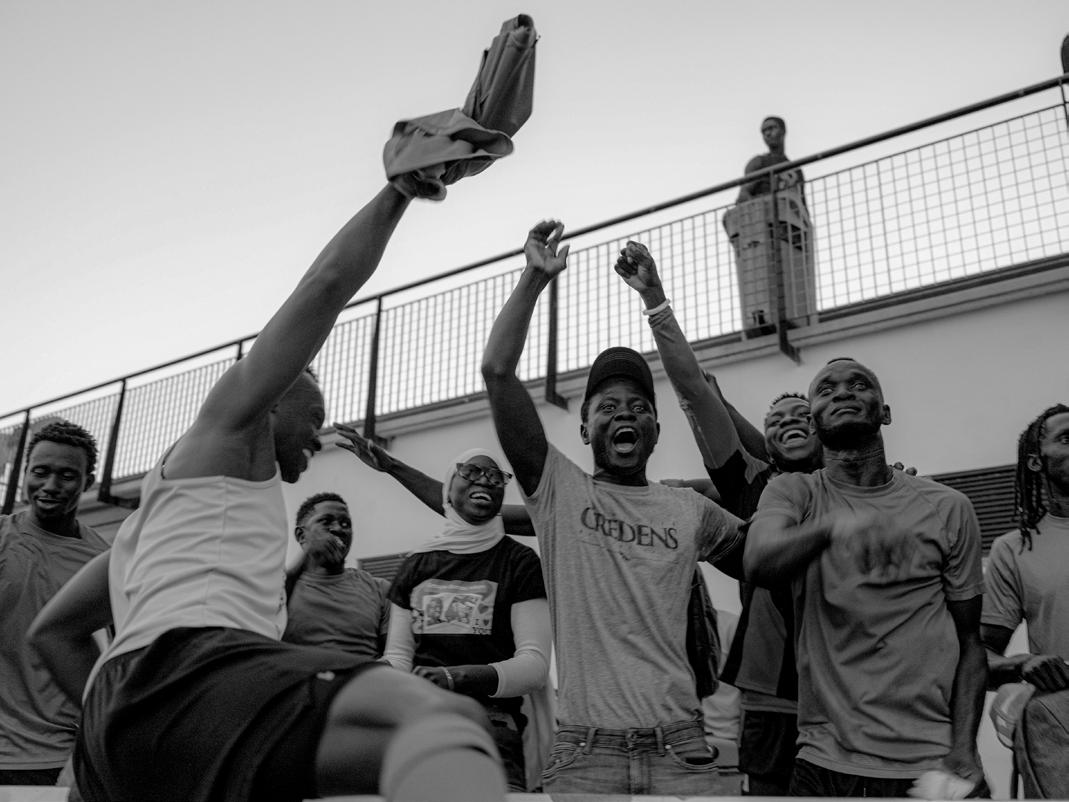
Members of the green team celebrate a victory in a summer tournament match.
49
Almanzora’s Dust - Jordi Jon Pardo
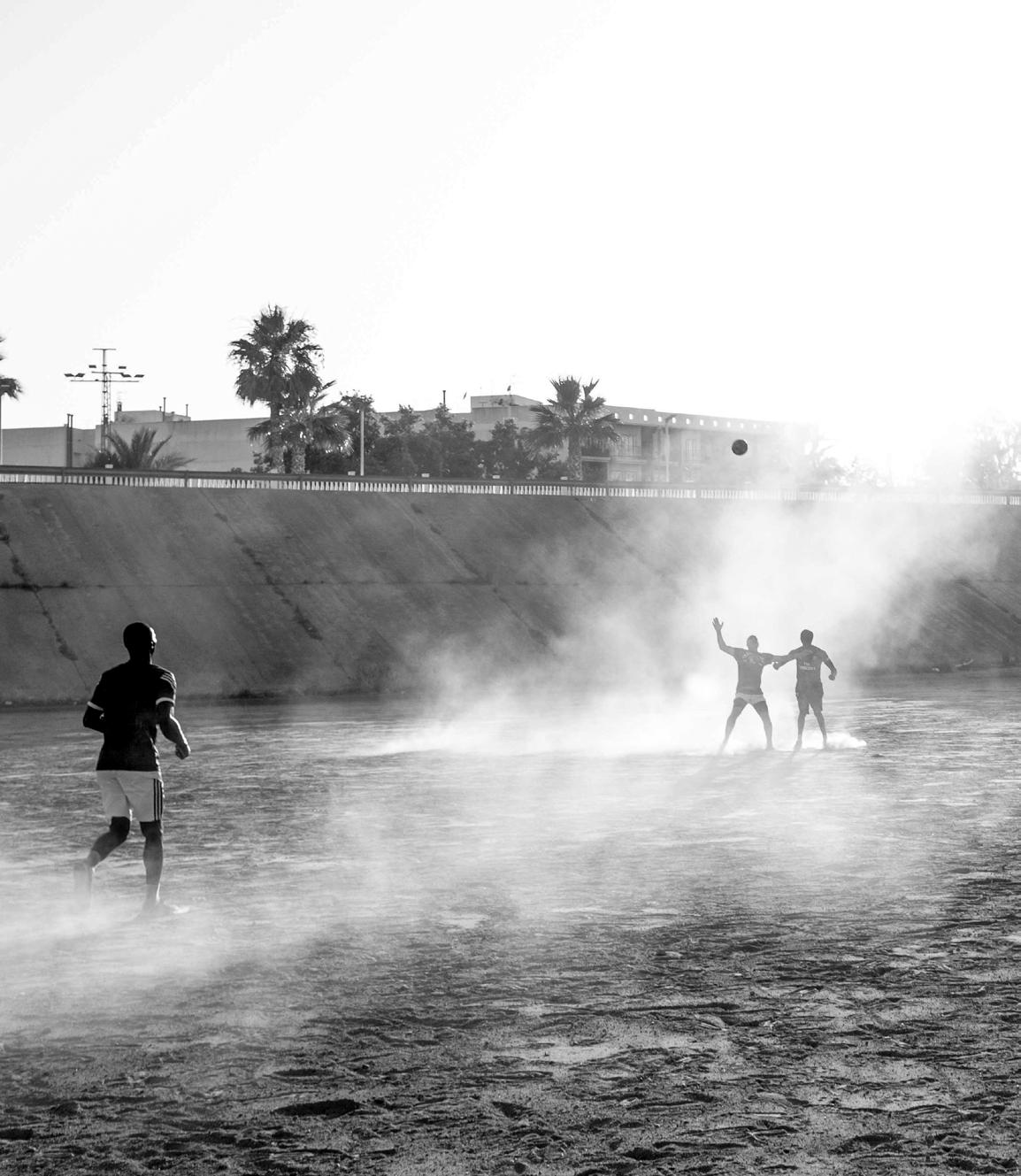
50
Almanzora’s Dust - Jordi Jon Pardo
Players vie for the ball during a training match, surrounded by the distinct dust of Almanzora.
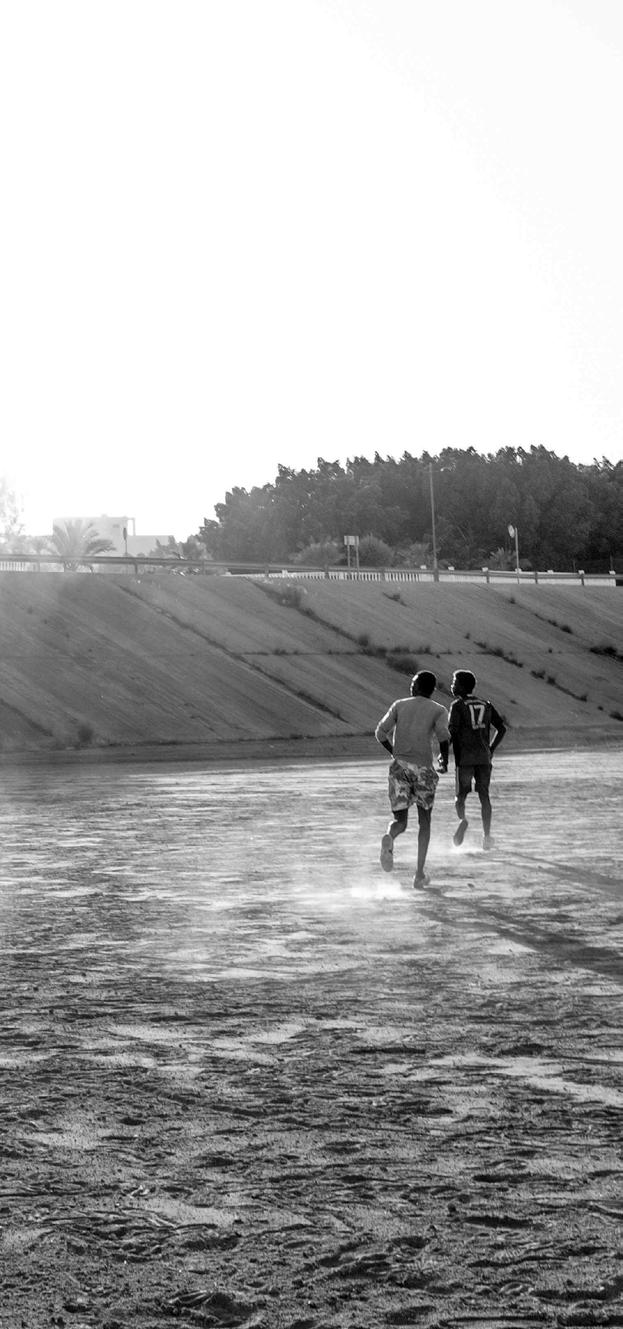
51 Almanzora’s Dust - Jordi Jon Pardo
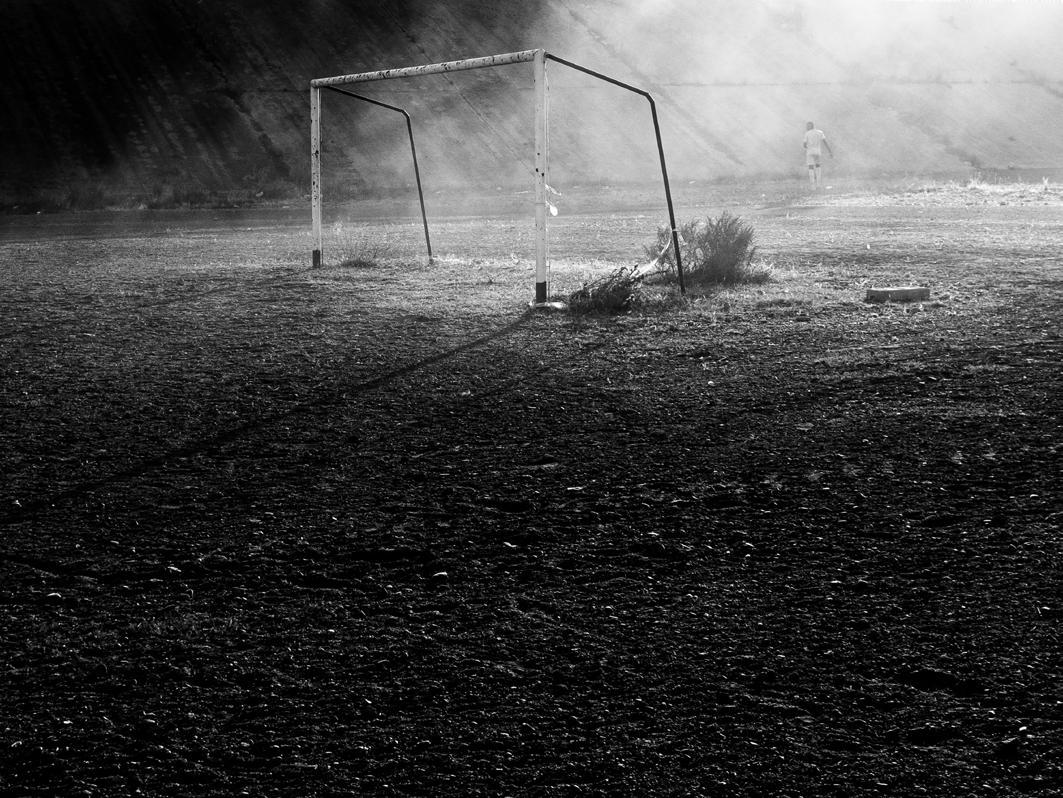
The dust rises, and as the game shakes, the boys disappear in a whirlwind of sand in the Almanzora.
52
Almanzora’s Dust - Jordi Jon Pardo
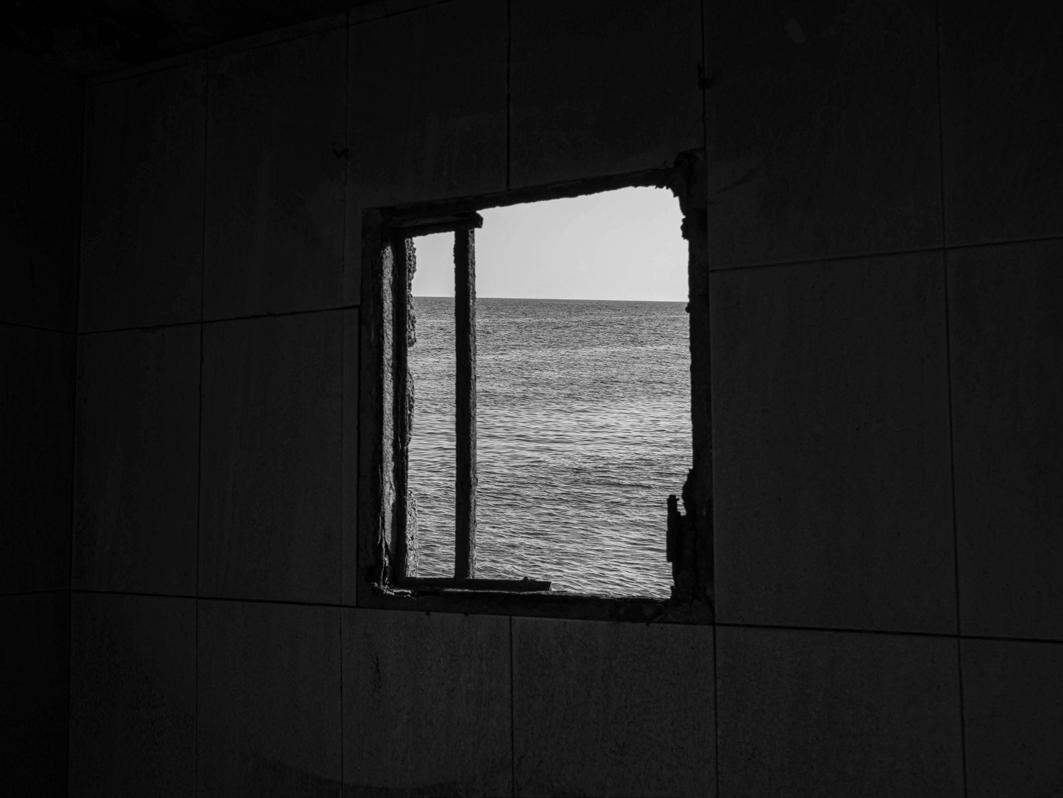
An old worker’s cabin, in ruins, in the agro-industrial complex of Almeria. Most of the young African crossed the Mediterranean, bidding for destiny, to work in the Southeast as laborers.
53
Almanzora’s Dust - Jordi Jon Pardo
Mark Godfrey ARPS
Documentary Associate Panel
Statement of Intent
An allotment can be a source of peace, solace and re-invigoration, and in the 2020s it is thriving. Fifty years ago, it was a male domain with 98% of holders’ men, but now women represent half of all allotment holders.
The allotment is a place that supports women’s mental health and physical wellbeing, where women feel safe, relaxed and at ease in their environment and have the time to reflect upon their lives. One woman said “being on the allotment makes me feel like all the stress and worries of everyday life disappear, and you are in your own world surrounded by peace and calm with nature”.
This was a view shared by other women I photographed. The images were taken throughout the seasons, showing the life cycle of the allotment, including its inaccessibility in the winter months due to weather conditions.
All images ©Mark Godfrey
54
ARPS Panel - Mark Godfrey ARPS
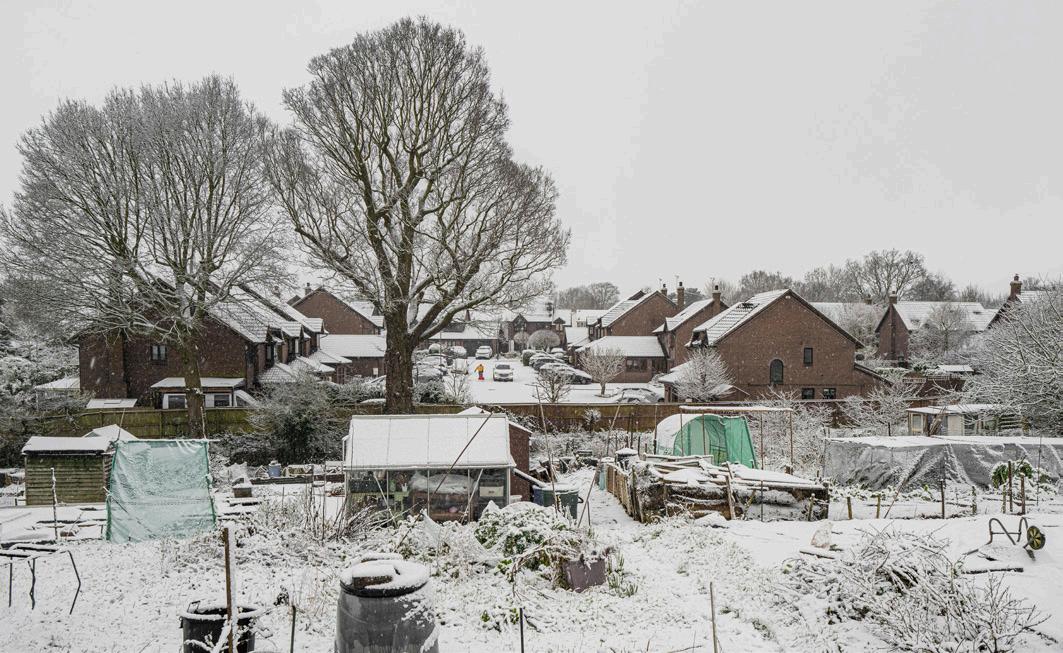
55 ARPS Panel - Mark Godfrey ARPS

56 ARPS Panel - Mark Godfrey ARPS

57 ARPS Panel - Mark Godfrey ARPS

58 ARPS Panel - Mark Godfrey ARPS
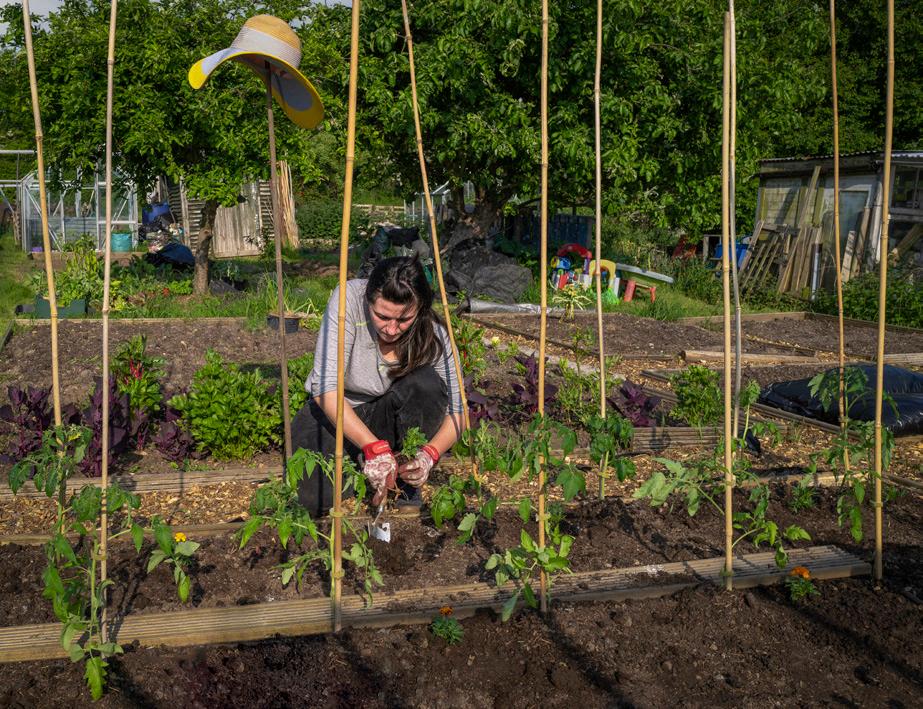
59 ARPS Panel - Mark Godfrey ARPS
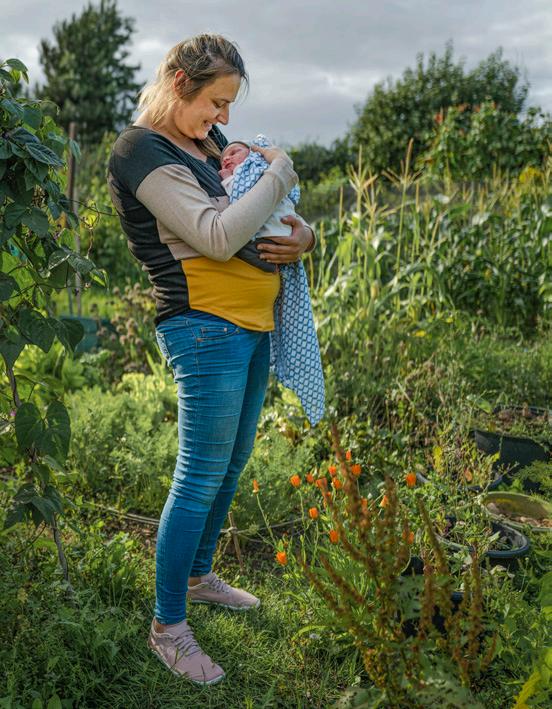
60 ARPS Panel - Mark Godfrey ARPS
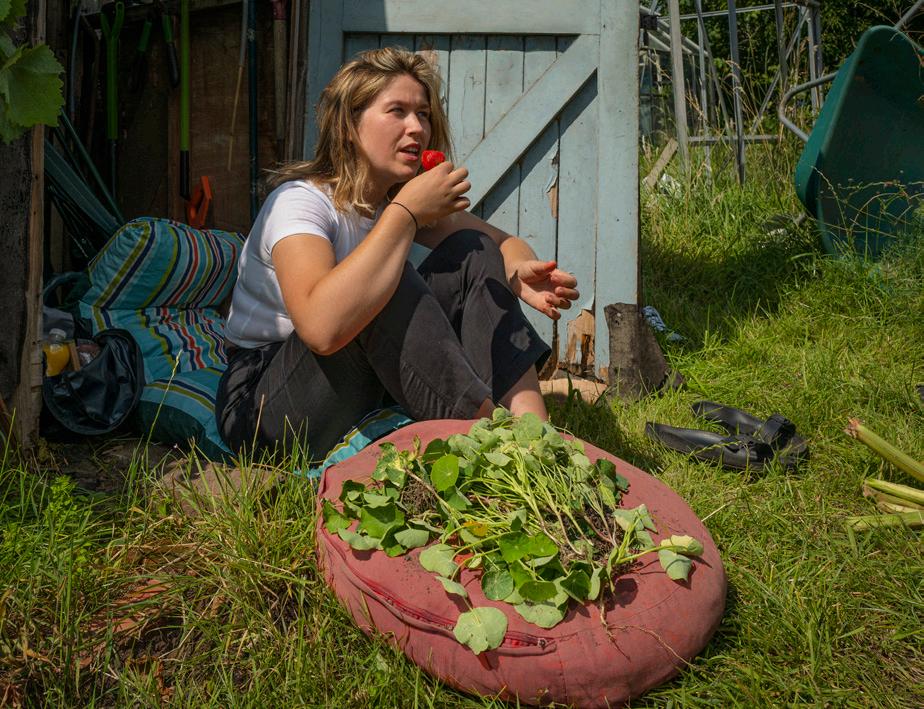
61 ARPS Panel - Mark Godfrey ARPS
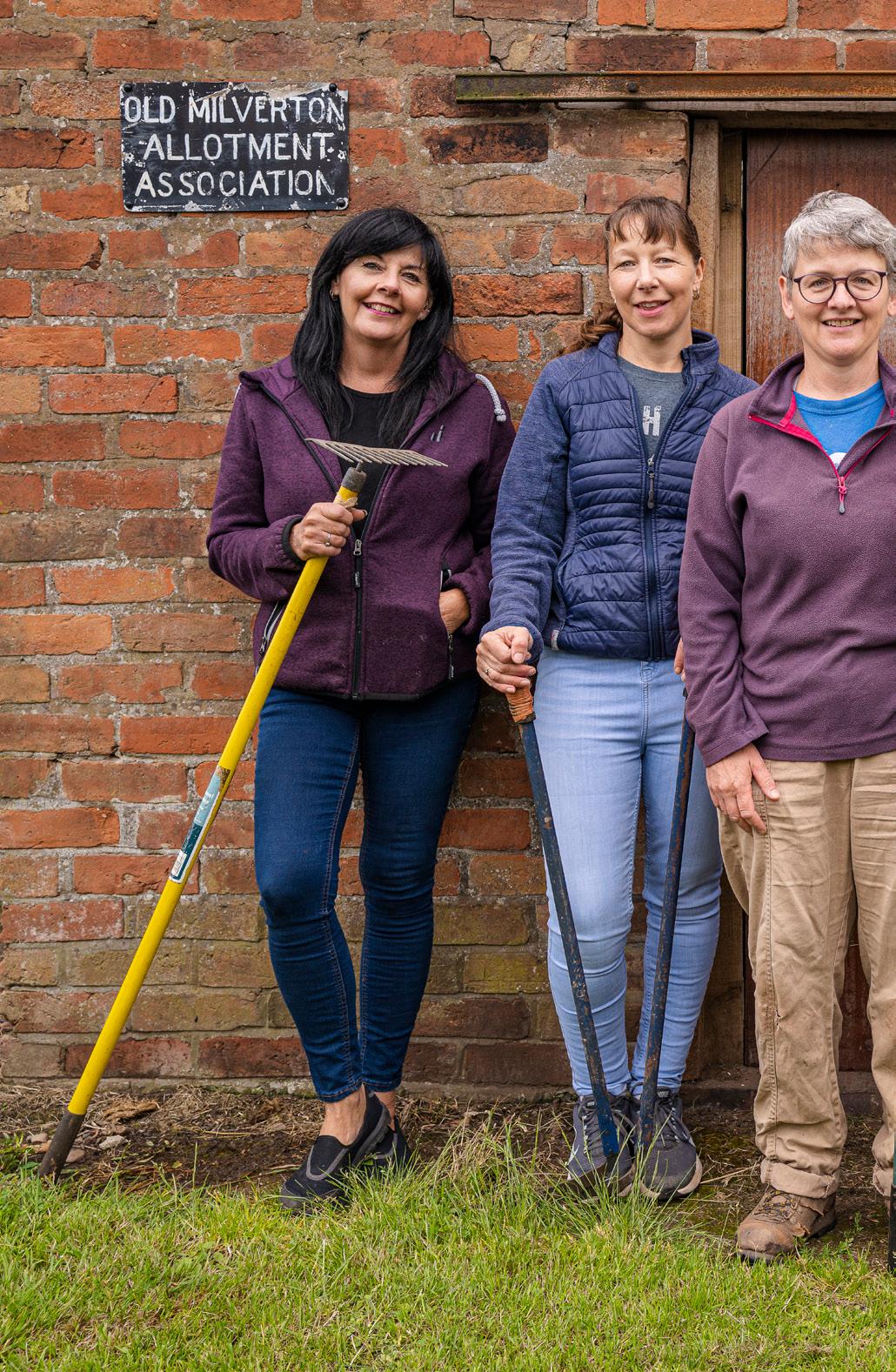
62 ARPS Panel - Mark Godfrey ARPS
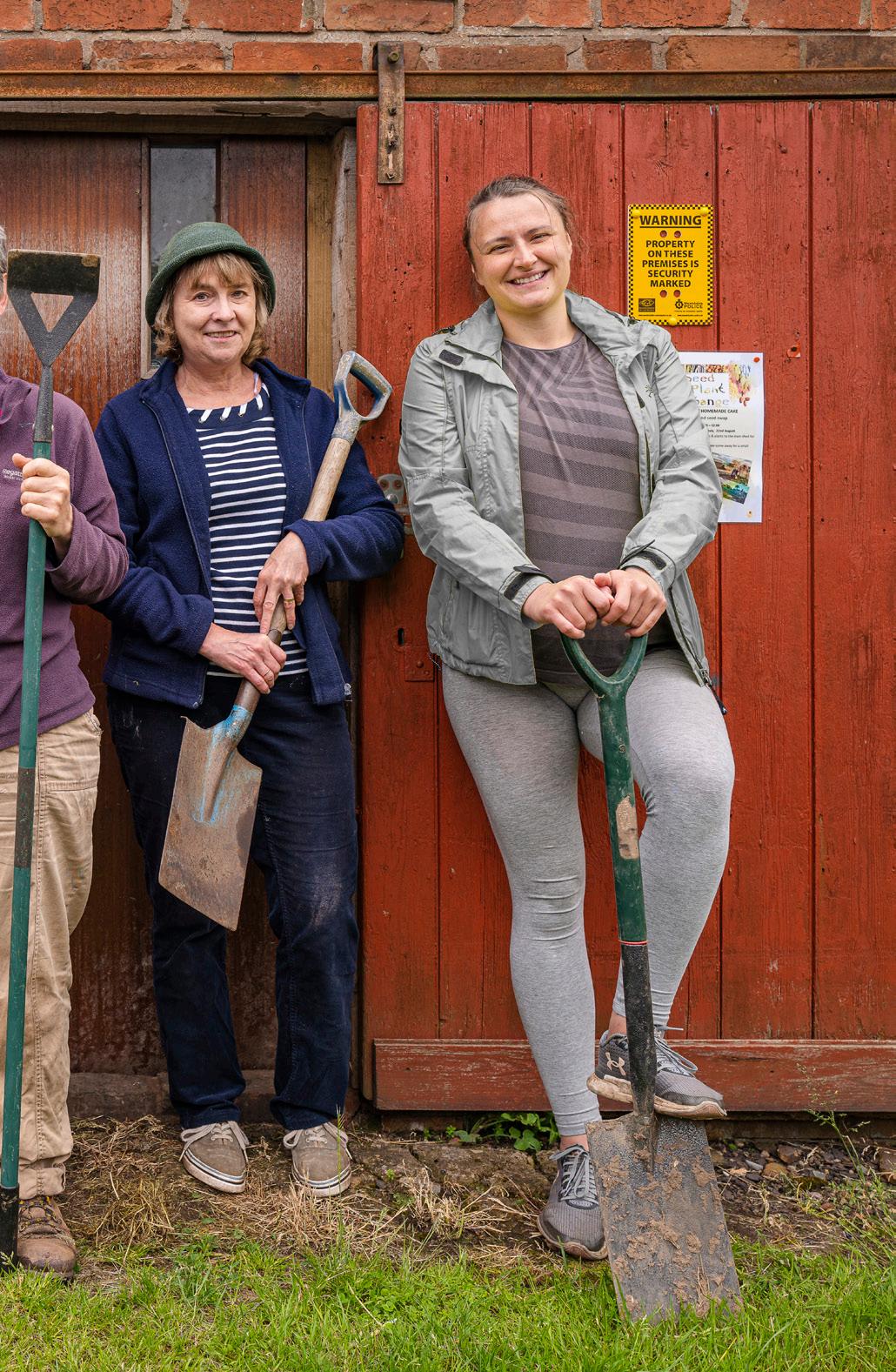
63 ARPS Panel - Mark Godfrey ARPS
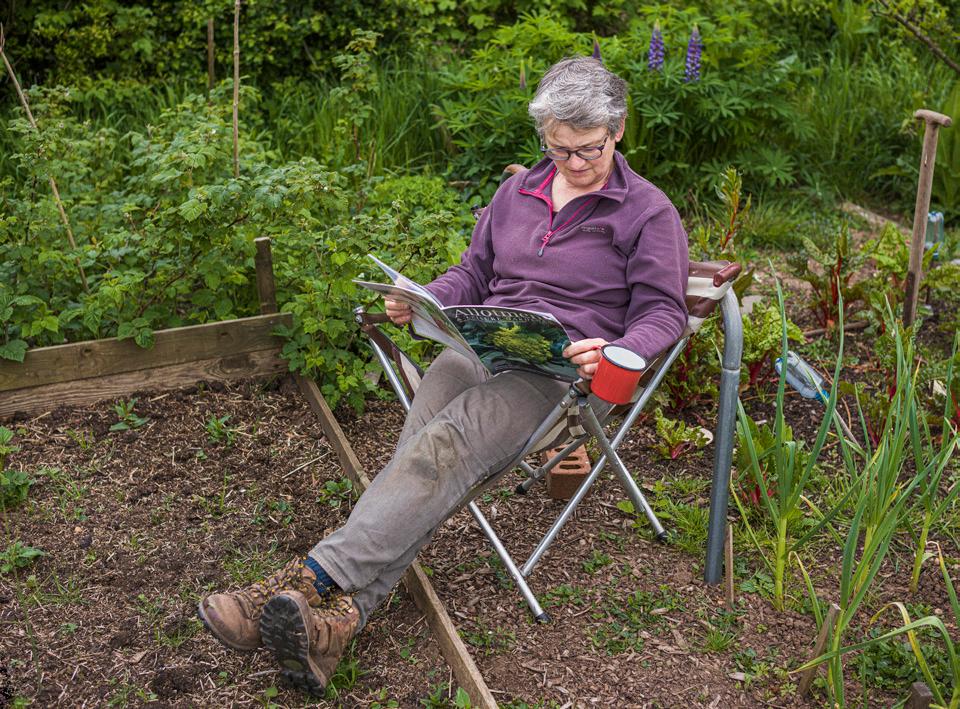
64 ARPS Panel - Mark Godfrey ARPS

65 ARPS Panel - Mark Godfrey ARPS
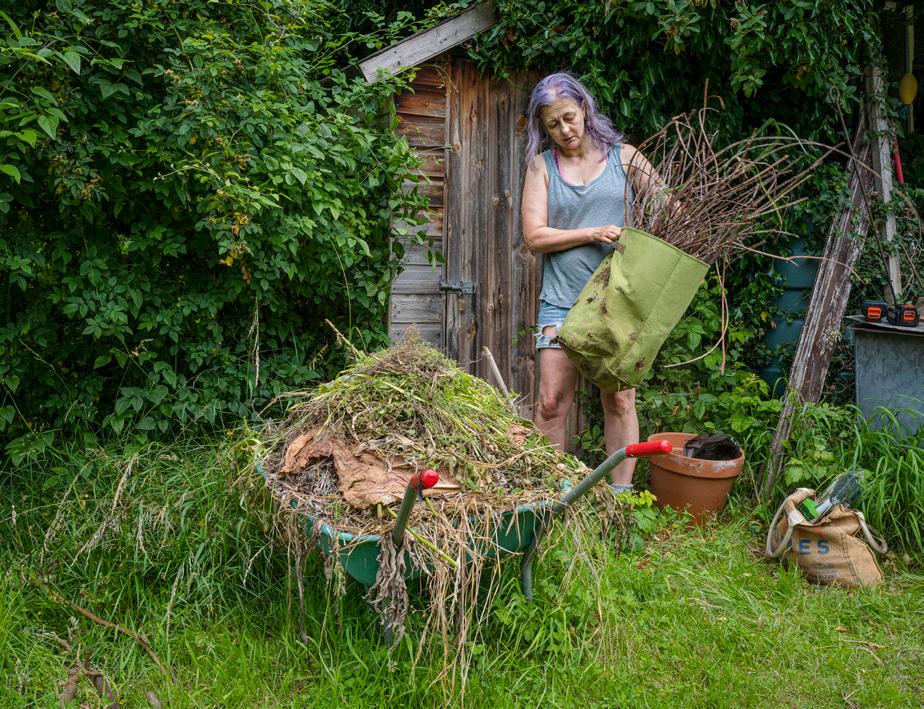
66 ARPS Panel - Mark Godfrey ARPS
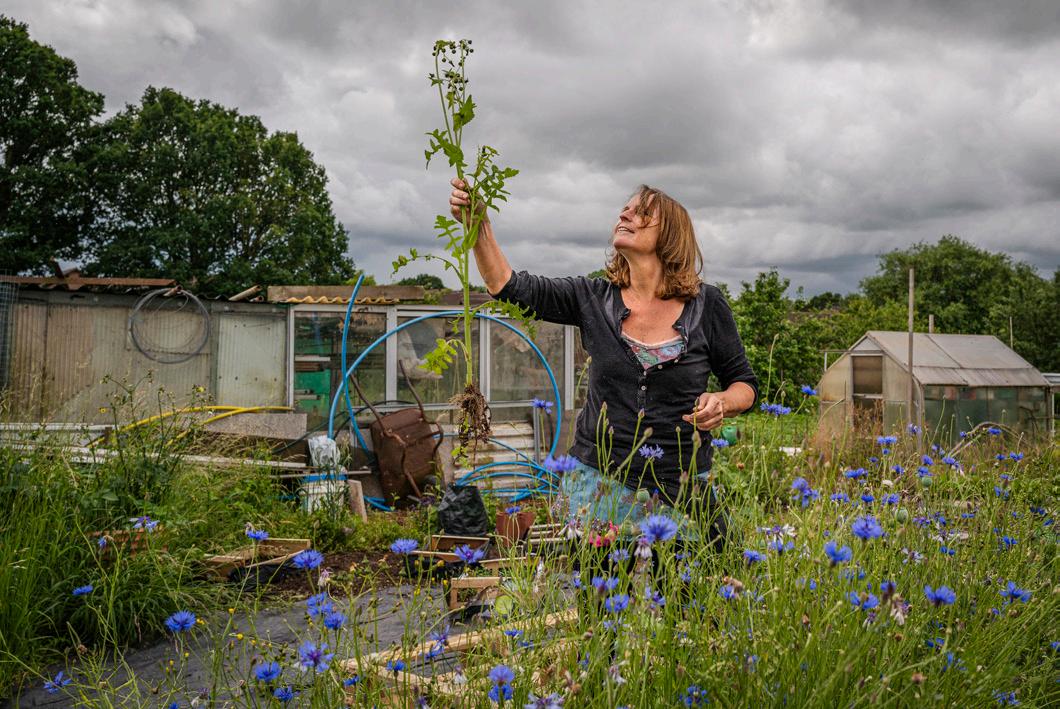
67 ARPS Panel - Mark Godfrey ARPS
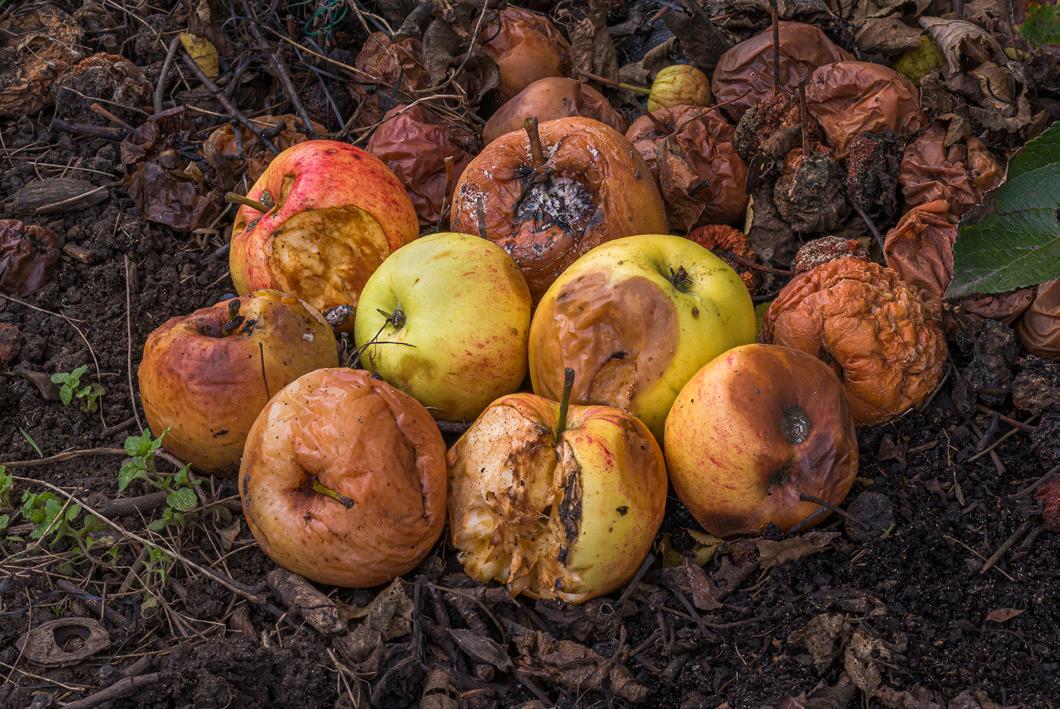
68 ARPS Panel - Mark Godfrey ARPS

69 ARPS Panel - Mark Godfrey ARPS

70 ARPS Panel - Mark Godfrey ARPS
Many congratulations Mark on your successful ARPS submission. Tell us a little bit about yourself.
I’m based in Warwickshire, England, and have enjoyed photography as an amateur for most of my life, joining my local photographic society as a teenager and then re-joining many years later after taking early retirement. In fact a friend and I joined our local photographic society and the RPS at the same time and we both embarked upon our Licentiate panels shortly afterwards in 2017 as a way to improve our photography. I’ve found that working on projects, particularly the RPS distinctions, to be stimulating and it has been paramount in my development and learning to become a more competent photographer. I was successful with my L panel in April 2019.
What was the thinking behind your Associate panel submission?
Following the LRPS it took quite some time to develop a project for my A panel. My background is in social care, which I worked in for forty years, and I wanted to undertake a project that would resonate with my social justice/anti-discriminatory values. I realised that you don’t need to travel long distances, and that there are potential projects all around you. I’m the main carer for my wife which meant that I wanted a project that was both close to home and somewhere I could visit regularly.
I initially came up with an idea for a year in the life of an allotment, but quickly recognised that this has been done many times and it needed to have some originality. By chance, I heard a discussion on BBC Radio 4 Woman’s Hour about how 63.7% of allotment holders in London were women (source: Fletcher, E, I and Collins, C, M. Urban Agriculture: Declining opportunity and increasing demand – How observations from London U.K can inform effective response, strategy and policy on a wide scale, Urban Forestry and Urban Greening, Vol 15 November 2020). The National Allotment Society estimated that half of all allotment holders nationally were now women, compared with 20% in 2003 and just 2% in 1973. This really interested me and brought back memories of being on my uncle’s allotment in the early 1970s when allotments were almost exclusively a male domain.
I developed my ARPS project from hearing this and reading the research. I sought permission to take photographs from my local allotment which is just 100 metres from my home. The allotment secretary examined his records for me and found that the figure of half of allotment holders being women was replicated locally.
71
ARPS Panel - Mark Godfrey ARPS

Many congratulations on your Statement of Intent, often one of the most challenging aspects of the submissions process, which was clear and precise about what you were trying to achieve.
Thank you! My statement references this societal change and the fact that allotments provide a safe space for women that can support their physical and mental health. I wanted to capture the relaxing and calming nature of the allotment, a place where the women would spend many hours.
How easy was it to obtain the cooperation of the allotment holders?
I sought their permission to take photographs, explaining the project and my aims, and whilst most agreed, some declined for a variety of reasons. Over time I was able to develop good relationships with the allotment holders and committee members, both men and women, and attended their ‘Open Days’ where seeds were swapped and conversations were had together with an abundance of tea and homemade cakes. I provided photographs for publicising these events, and also for the local village Annual Horticultural and Flower Show. I’m very grateful to all the women at the allotment who allowed me into their world to take their photographs.
And how did you approach the actual shooting of the project?
Being based locally meant I could visit the site several times a day. I would even observe the allotments from my home and when I spotted someone, would grab the camera and go and meet them. Most of the photographs I took were candid shots of the women on their allotment, although I did ask some women if I could take specific shots that I had imagined.
Technically, I learned to focus on the detail in my photography, and you will see that some minor elements can have a real impact; for example there is the child and sleigh in the winter (image 1), the tea mug (image 9), the power tool batteries on the edge of the frame (image 11) and the sun hat (image 14).
72
ARPS Panel - Mark Godfrey ARPS

You made your submission as a print version, presented in one row, which delivered a strong and cohesive narrative. Why did you choose that approach?
In early 2023 I purchased a Canon Pro 3000 printer, attended a print workshop and learned to print as I wanted to be in control of the photography process end-to-end. I quickly recognised the importance of selecting the right paper for the images, and after much consideration and discussion chose Permajet Museum Heritage Fine Art paper, which I thought would bring out the colour and the detail. I printed the images on A4 paper and had planned to use standard 500mm x 400mm mounts. However, the auditorium at RPS House in Bristol measures 6.4 metres in width and 15 standard mounts needed a space of 7.5 metres! As a solution I decided to use smaller 400mm x 300mm mounts so that I could have them displayed, as I wished, in one row. I even asked Nomad to make me a custom size print box in which to transport my work to Bristol.
I decided to present the images in one row so that I could take the viewer through the seasons from winter and back to winter, returning to and incorporating my original idea, and using the snow images as bookends.
Really strong A and F panel submissions take months, and often years, to create. How long did you work on your project?
The panel took almost three years from start to finish.
And what’s next?
I’m now working on developing a project for my FRPS and encouraging members of my local photographic society to embark upon an RPS distinction.
I also have to say that I’m especially grateful to my adviser Janey Devine FRPS for her observations in our one-to-one sessions. Since returning to photography, I have improved my skills through attending workshops and presentations for both the LRPS and ARPS which have been incredibly helpful in my development as a photographer.
73
ARPS Panel - Mark Godfrey ARPS
RPS Documentary Events
RPS Documentary Events can be found on our events page, which includes our Engagement Talks series, Documentary Events and Exhibitions.
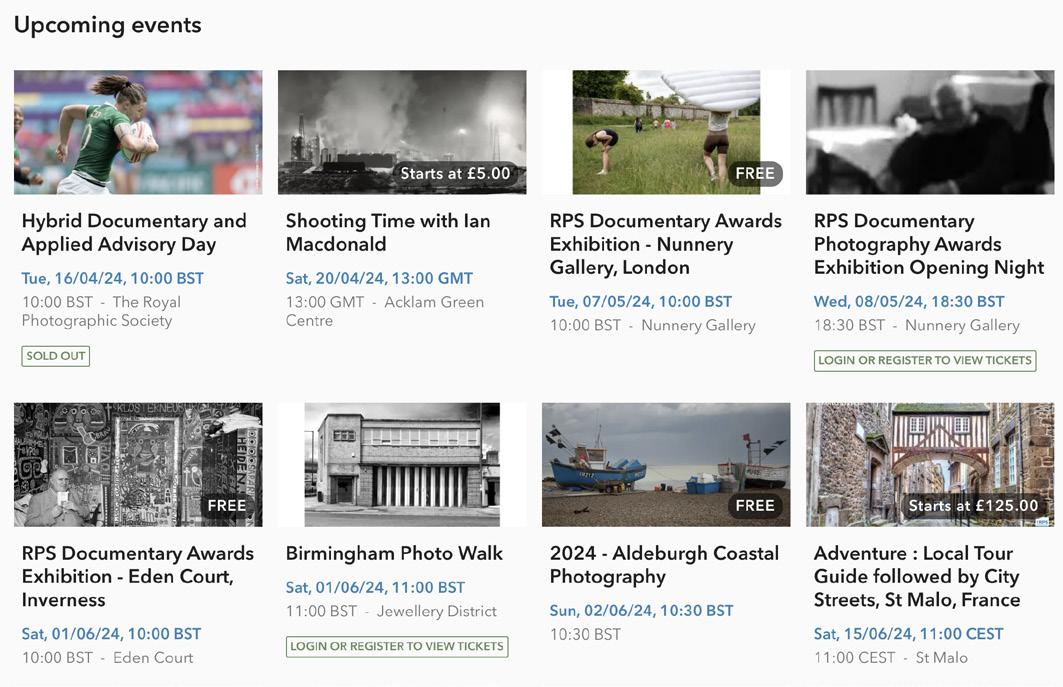
events.rps.org - Documentary
Group Meetings:
As well as centrally organised events, our Local Groups put on numerous events. These include talks and presentations, workshops or exhibitions of members work, group projects, visits and photo walks, feedback and critique sessions and online Zoom meetings.
We currently have Groups in Northern, Yorkshire, East Anglia, Thames Valley, Southern, South East, and joint groups with Contemporary in Scotland, Central and North West.
RPS Documentary Photography Awards 2023 Exhibition dates
London – Nunnery Gallery, Bow
Inverness – Eden Centre
Stirling – The Stables Gallery
North Wales – Oriel Colwyn
Newcastle – Newcastle Arts Centre
Oxford – St. John’s College
Bristol – RPS House
7th to 21st May
1st to 27th June
1st to 31st July
3rd to 30th August
5th to 30th September
7th to 28th October
17th January to 9th March 2025
RPS Documentary Photography Awards Exhibition Opening Night
18:30-20:00, Wednesday, 08 May – Nunnery Gallery, London
events.rps.org/en/rps-documentary-photography-awards-exhibition-opening-night
The RPS Documentary Photography Award is an international event attracting exceptional documentary and visual storytellers from across the world.
In total 9 projects are exhibited, with 3 projects from each of a Members, Students and an Open category. This format enables us to show long-form documentary work from our own RPS members, plus work of student photographers, as well as from more seasoned and experienced photographers in the open category. The selected projects are diverse; ranging from the impact of conflict and war, migration, reflections on history and memory, performance, ageing, mental health and childhood. The provide an insight into the range of what can be documentary and how it can be used to tell stories.
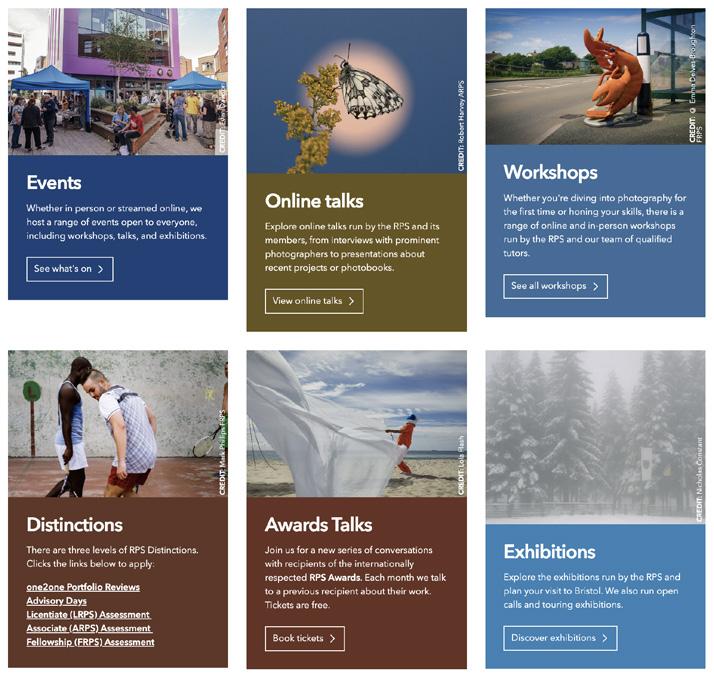
Documentary Photography Awards 2023
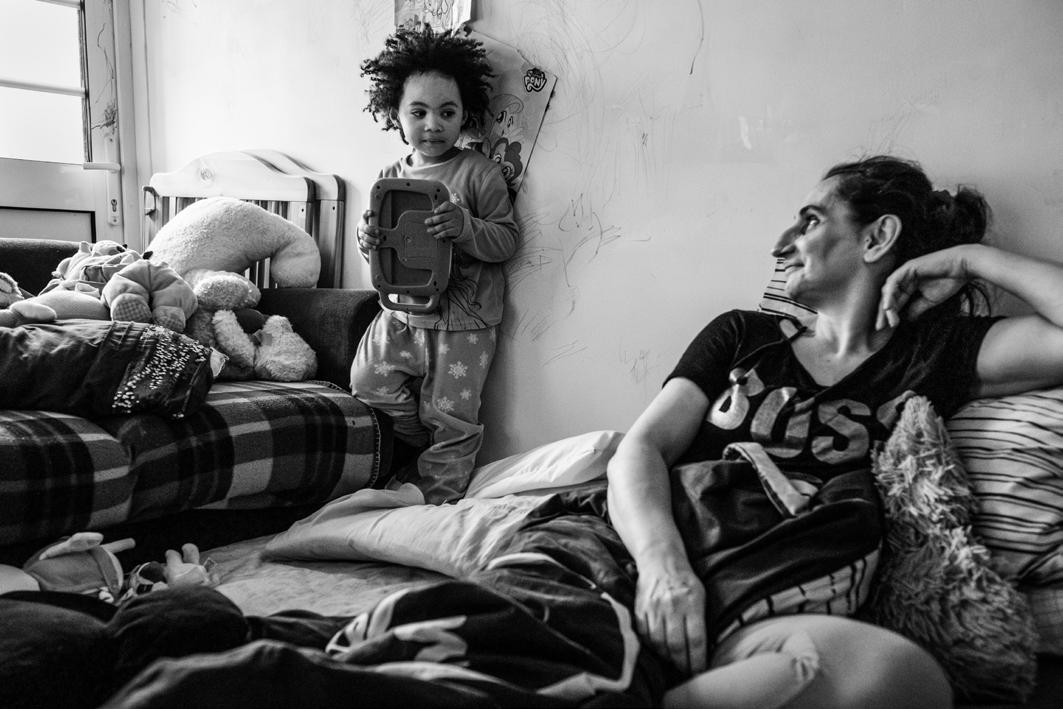
76 DPA 2023 Shortlist Selection - RPS Member Category
Roland Ramanan - from the series Gillett Square Nina and Karina, who is thriving.
RPS Member Category Shortlist Selection
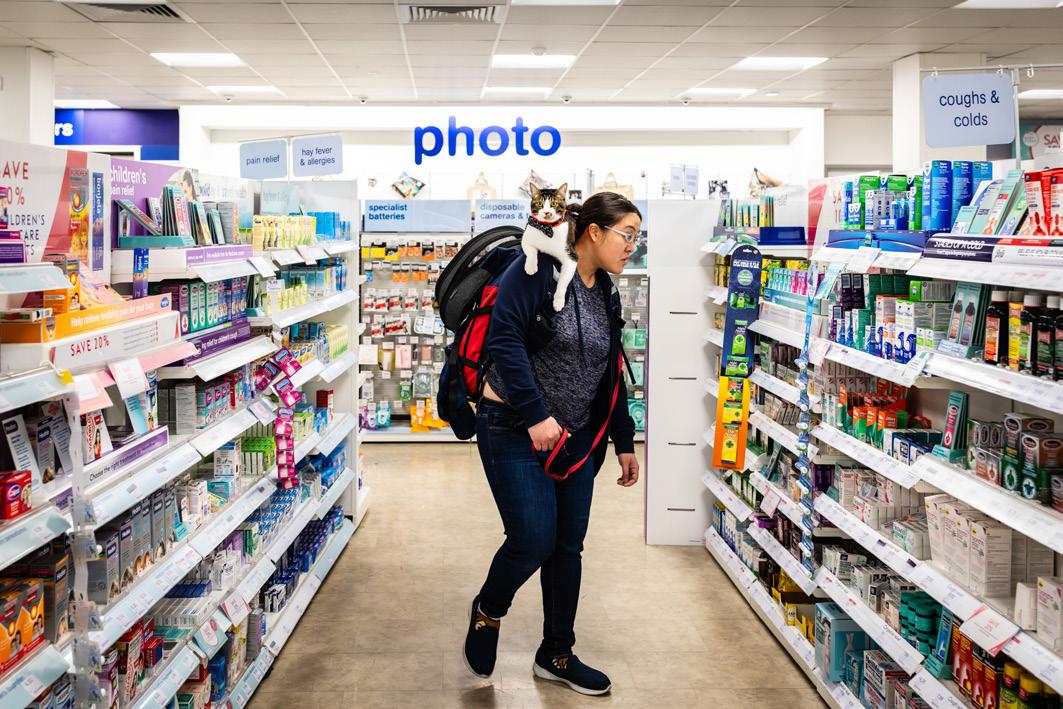
77 DPA 2023 Shortlist Selection - RPS Member Category
Alice Chapman - from the series OuOu and Billy Billy chooses medicine in Boots, holding onto OuOu’s lead. He rests on her shoulders on a backpack that doubles as a cat bed and litter tray. Billy also carries cat biscuits, milk, water, litter and a scoop.

78 DPA 2023 Shortlist Selection - RPS Member Category
Anneleen Lindsay - from the series Electric Visions, Chapter One System Error - EEG

Monitoring the flamingos through binoculars, so as not to disturb the nesting birds.
79 DPA 2023 Shortlist Selection - RPS Member Category
Philip Joyce - from the series Keepers
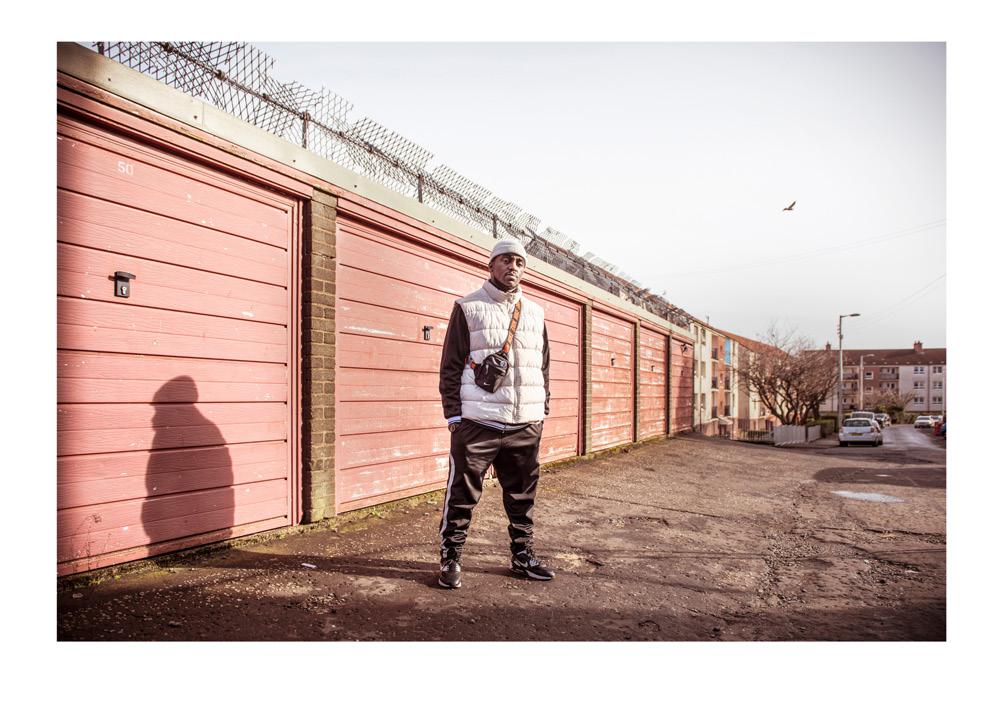
80 DPA 2023 Shortlist Selection - RPS Member Category
Sofia Conti - from the series Return, O Backsliding Children Immigrating from Democratic Republic of the Congo to a Glasgow housing estate as a youth exposed Rudy to gang culture.

81 DPA 2023 Shortlist Selection - RPS Member Category
Robert McKenzie - from the series Crystal Rain Falls from Dark Clouds
Documentary Photography Awards 2023

Amadeusz Smith - from the series The Miracle District Malwina with her son Jamal – district’s well known residents. They settled in an abandoned apartment, but got evicted some months later. They are still looking for a suitable place to live. Mixed families are a rare curiosity in Polish towns.
82 DPA 2023 Shortlist Selection - Open Category
Open Catagory Shortlist Selection
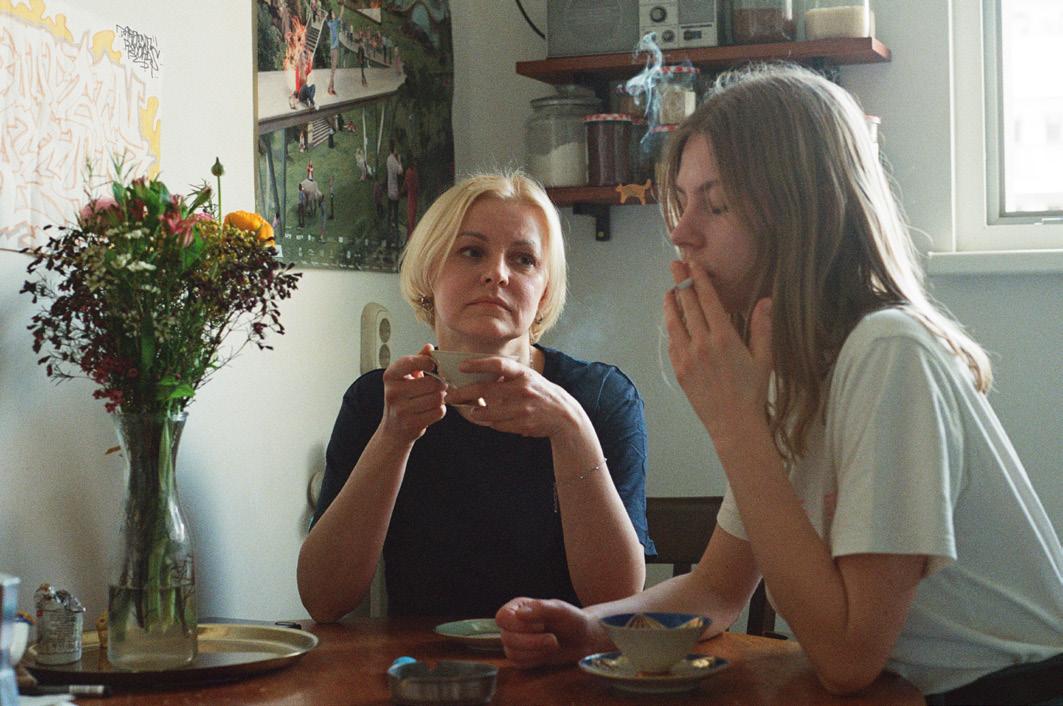
83 DPA 2023 Shortlist Selection - Open Category
Anya Tsaruk - from the series Mother Land
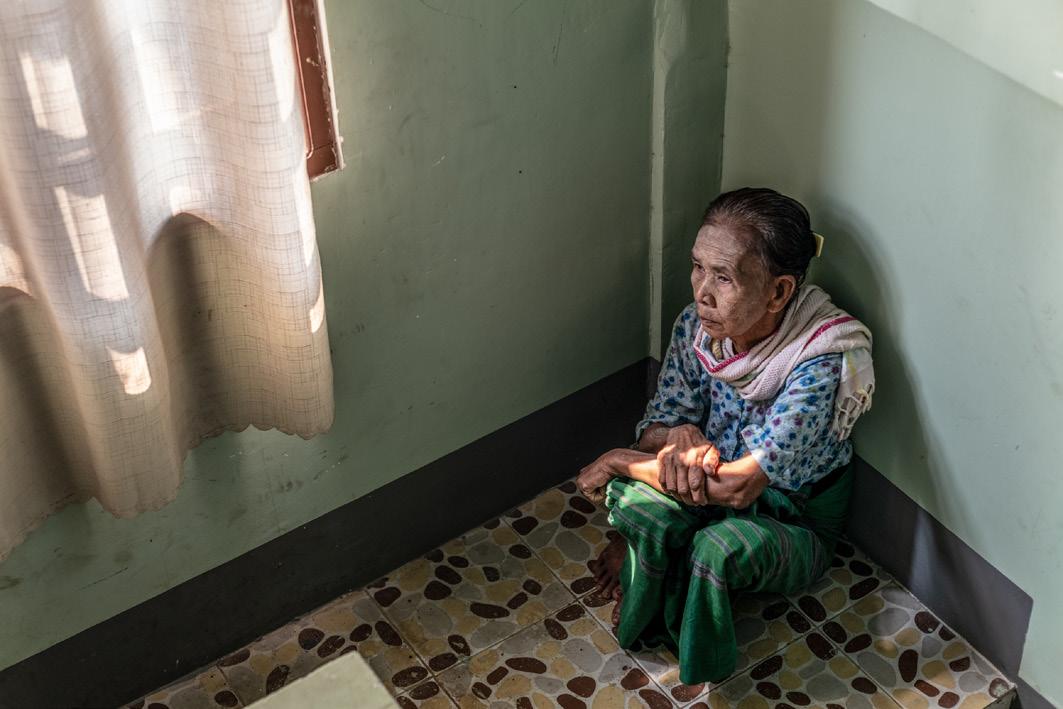
84 DPA 2023 Shortlist Selection - Open Category
ChinHo Shin - from the series Stories of people suffering in Myanmar’s civil war
An old woman trembling with fear. Bombs rained down from the sky, and the entire village was engulfed in flames. She trembles in fear whenever she hears a loud noise from somewhere.
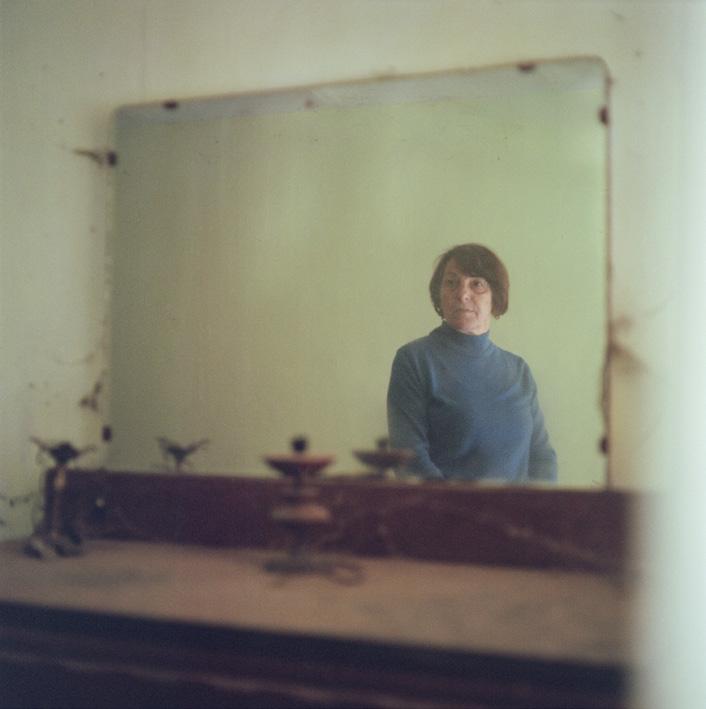
85 DPA 2023 Shortlist Selection - Open Category
Mauro Curti - from the series Riturné Zia Silvana. Cuneo, Italy, 2022

Michal Siarek - from the series Saving exotic animals from Ukraine Poznań Zoo caretakers unloading a wolf brought-in with one of the transports. It would stay in quarantine before moving to an appropriate asylum, thanks to an extraordinary framework for evacuation set-up by Dr Zgrabczyńska. As the animals were takenover from the black market they were not compliant with CITES (Convention on International Trade in Endangered Species of Wild Fauna and Flora) so no institution could legally answer the desperate call for help to evacuate the animals from Kyiv.
86 DPA 2023 Shortlist Selection - Open Category
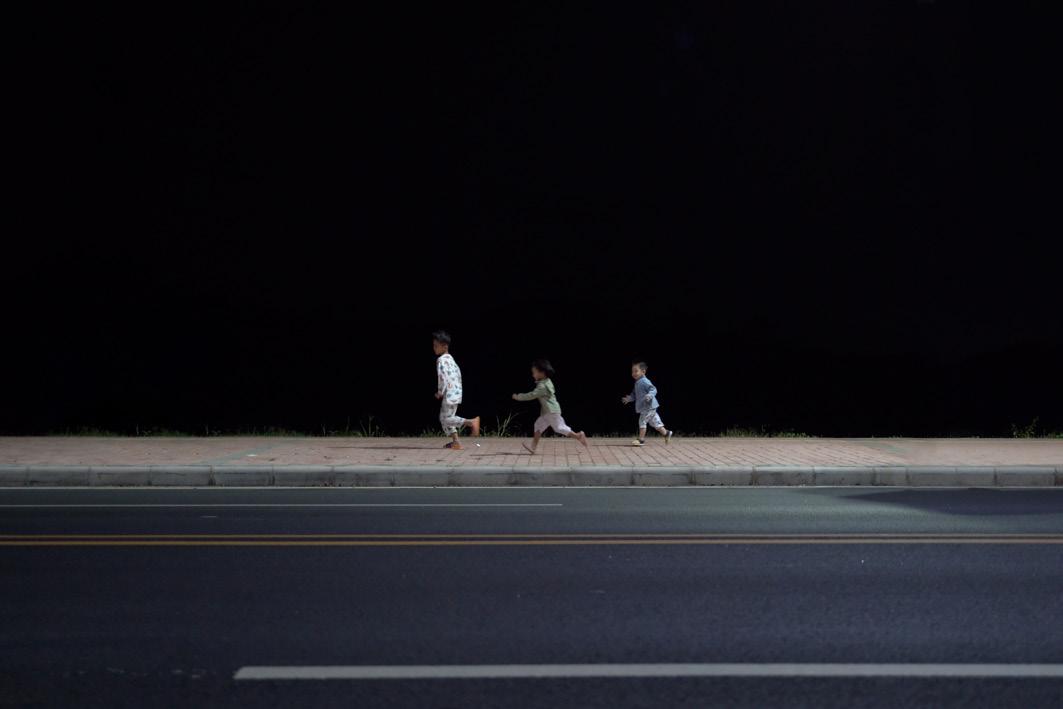
87 DPA 2023 Shortlist Selection - Open Category
Yan Jiacheng - from the series Nights in the Suburb

Stefanos Paikos - from the series Reaching for Dusk
The Turkish city of Van, the first stop for refugees from Iran, is witnessing the construction of a 534 km border wall to curb illegal immigration. migrants without assessing their asylum claims. Home to 3.9 million refugees, many migrants in Turkey live in illegally. The “Cemetery of the the human cost and calls for a fairer refugee policy.
88 DPA 2023 Shortlist Selection - Open Category

immigration. Despite financial aid for refugees, Turkey faces criticism for pushing back the Nameless”, where unidentified victims of forced migration are buried, underlines
89 DPA 2023 Shortlist Selection - Open Category
Documentary Photography Awards 2023
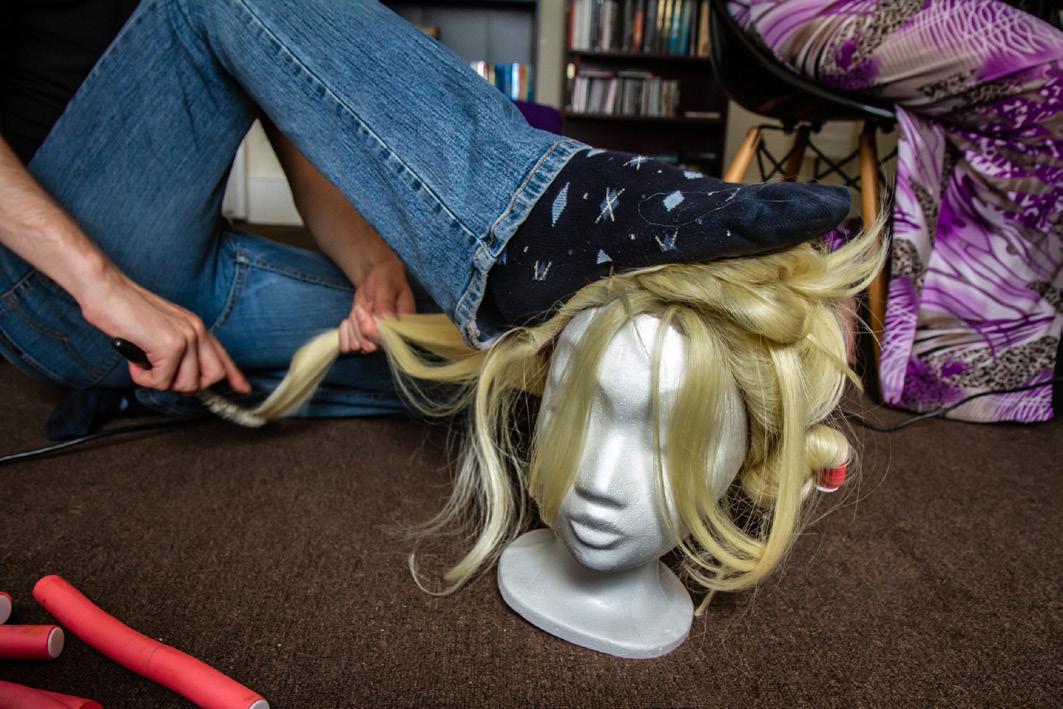
90 DPA 2023 Shortlist Selection - Student Category
Giovanna Laiso - from the series Drag queen yet?
Student Catagory Shortlist Selection
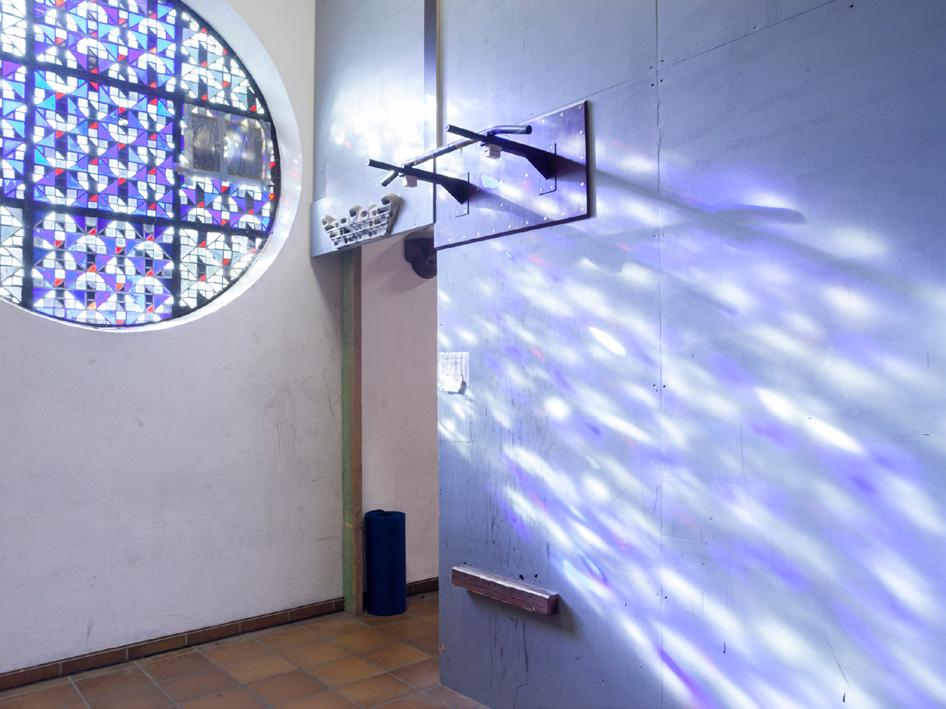
91 DPA 2023 Shortlist Selection - Student Category
Mirja Kuberka - from the series Die Kirche im Dorf Mönchengladbach, Germany

92 DPA 2023 Shortlist Selection - Student Category
Anna Poloneeva - from the series I’ll be where eternity is Driver’s license, military ID, welder’s license
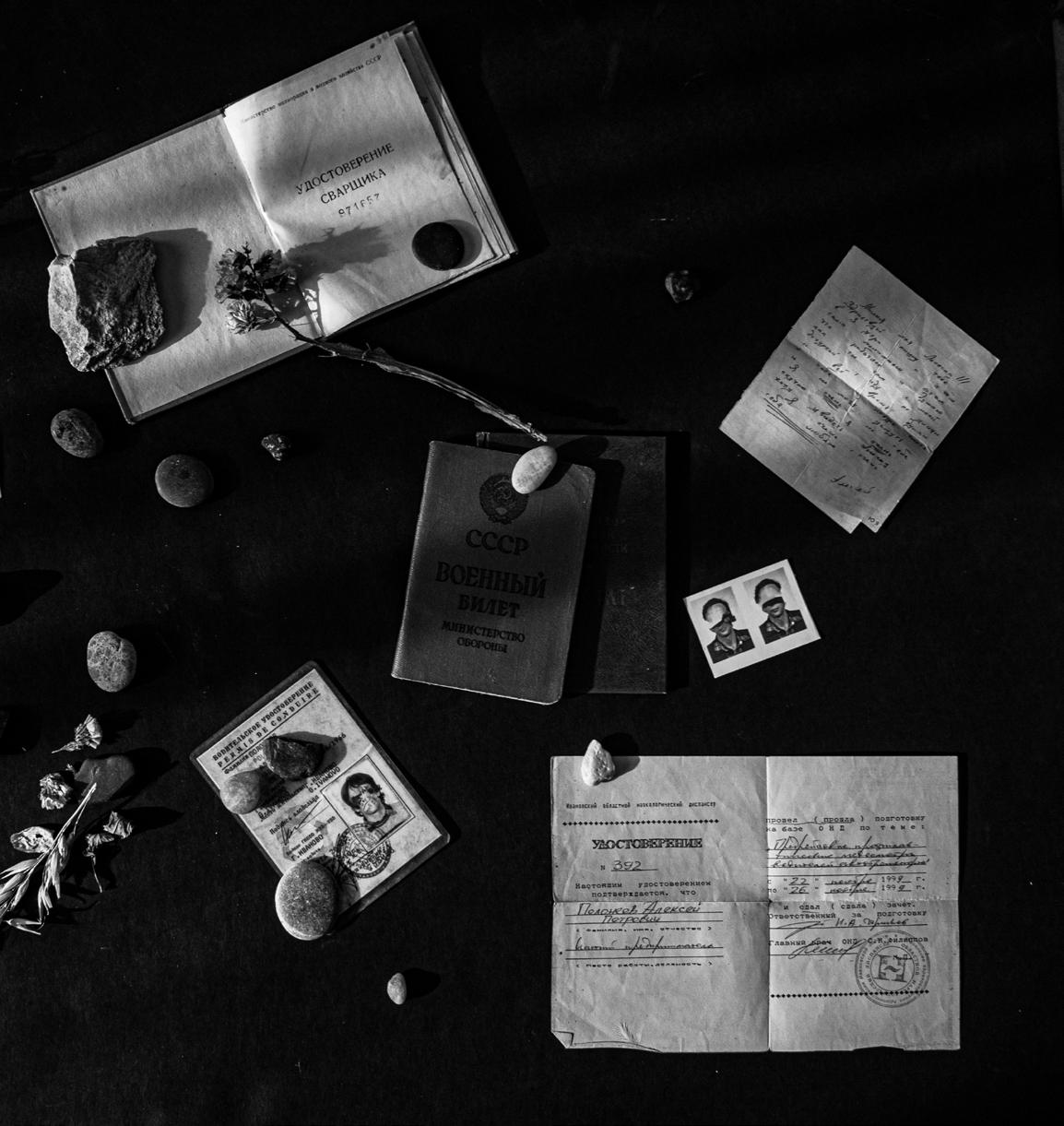
93 DPA 2023 Shortlist Selection - Student Category
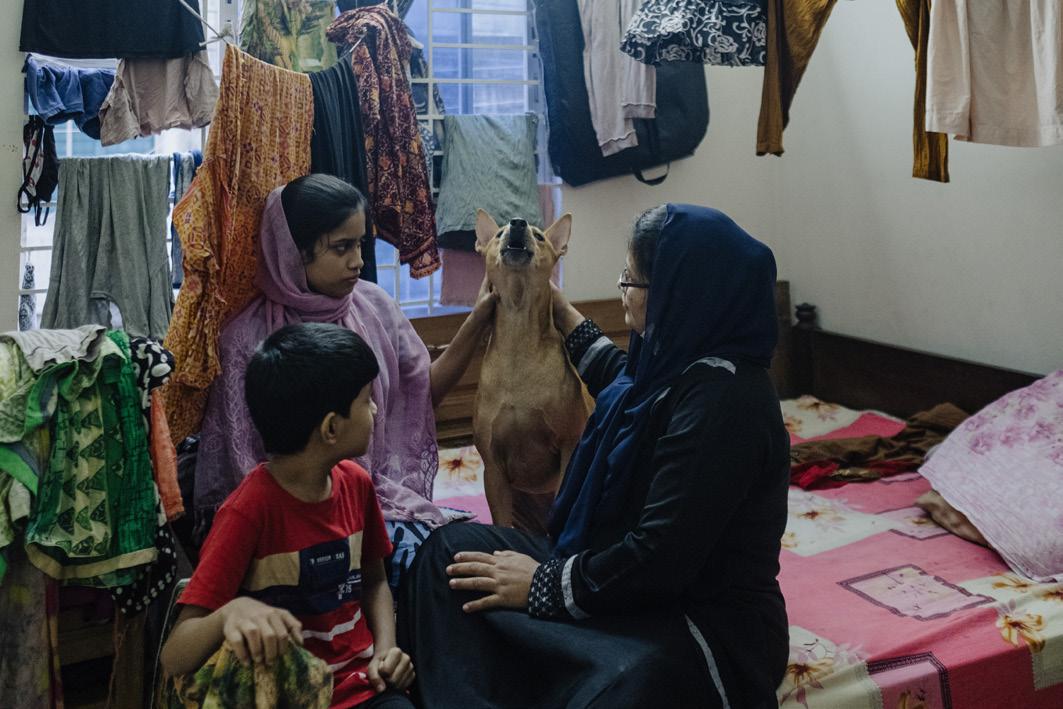
Mofiqur Rahman Johan - from the series Resisting Enforced Disappearance
After the abduction of Ismail Hossain Baten, with the loss of the primary breadwinner, Nasrin Jahan took on a job teaching at a primary school and giving private lessons to other students to support her family financially. For safety reasons, they acquired a dog named “Rocky” to provide comfort and security for the child while Nasrin is away from home.
The photograph was taken in Dhaka, on July 1, 2022.
94 DPA 2023 Shortlist Selection - Student Category

95 DPA 2023 Shortlist Selection - Student Category
Jubair Ahmed Amob - from the series Victims of Poverty
The Culling Fields of Geronimo
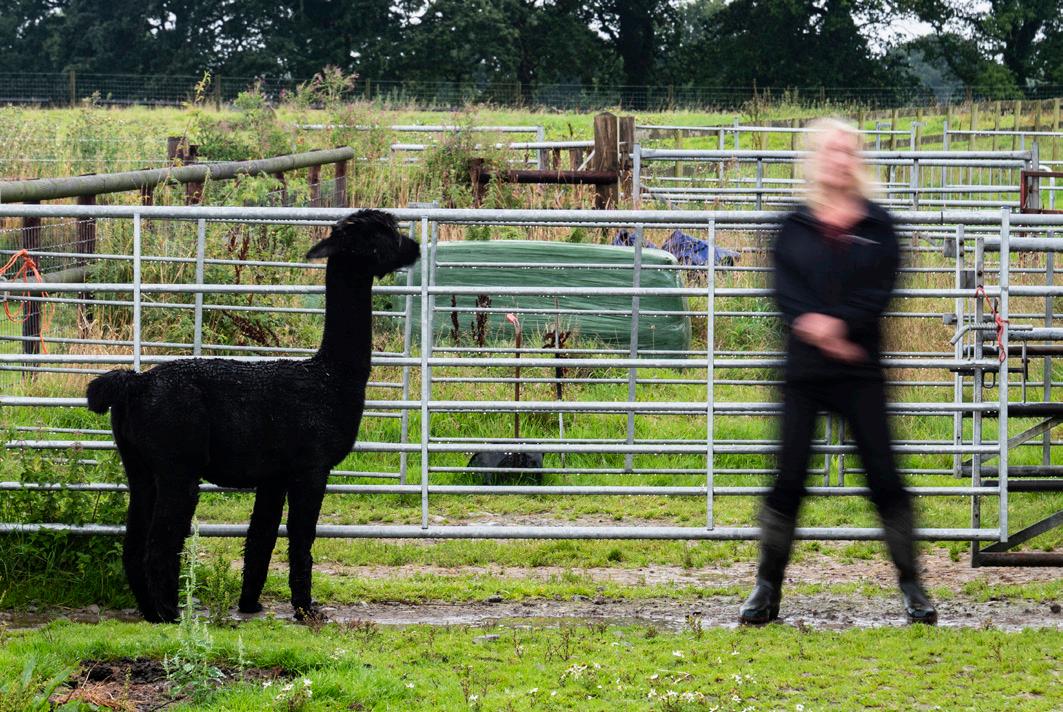
96
Peter Range
Geronimo giving Helen the run around
The Culling Fields of Geronimo - Peter Range
As a documentary photographer my aim is to use my skills and creativity to shed light on important social issues. My project, The Culling Fields of Geronimo, focused on the miscarriage of justice served by UK government officials in the case of Geronimo, an alpaca owned by Helen Macdonald. Geronimo was culled by vets after two positive tests for bovine tuberculosis, although Macdonald was adamant that the testing was flawed because the alpaca had been primed with tuberculin which is a purified protein derivative of the tuberculosis bacteria. The story caught the media’s attention, and a petition (sadly ultimately futile) with over 140,000 signatures was submitted to the government to stop the culling.
Through my observations - photographs and interviews - I documented the events leading up to Geronimo’s demise and highlight the improper testing of bovinetuberculosis in some UK animals. I aimed to capture the emotions and activities of the people involved in this global news story, including animal rights supporters, journalists and other media.
From this I created a book which I hope will raise awareness of the injustices that animals can face and encourage people to take action to ensure that animals are treated fairly and ethically. Through my photography, I strive to give a voice to those who cannot speak for themselves and to inspire positive change in our society.
The background to me getting interested in Documentary Photography started when my camera club SYPC (the Sodbury & Yate Photographic Society, based near Bristol, England) started a Special Interest Group in 2021 focusing on the art and skills required to create publications. Working with our mentors, professional photographer Emma Drabble and Dr David Clarke, we ran an online course in August 2021 for six students, all of whom produced a photobook of their chosen subject on completion of the course.
Each week course members had an assignment to undertake alongside a structured tutor-led programme of study and preparation of a book idea with ongoing support and expert guidance for each member, together with the challenge of completing a finished book within a given timeframe. Every course member successfully completed the course and produced a printed photobook mainly from the Blurb company or another software company of their personal choice. The weekly Zoom sessions lasted a minimum of two hours allowing each course member the time to learn and understand new techniques and openly discuss their ideas and concepts with their mentors.
I subsequently produced a club presentation of the project which two other local camera clubs have seen, followed by a one-month exhibition of club members work in Bristol.
All images ©Peter Range
www.blurb.co.uk/b/11477616-geronimo
97
The Culling Fields of Geronimo - Peter Range
The Culling Fields of Geronimo - Peter Range
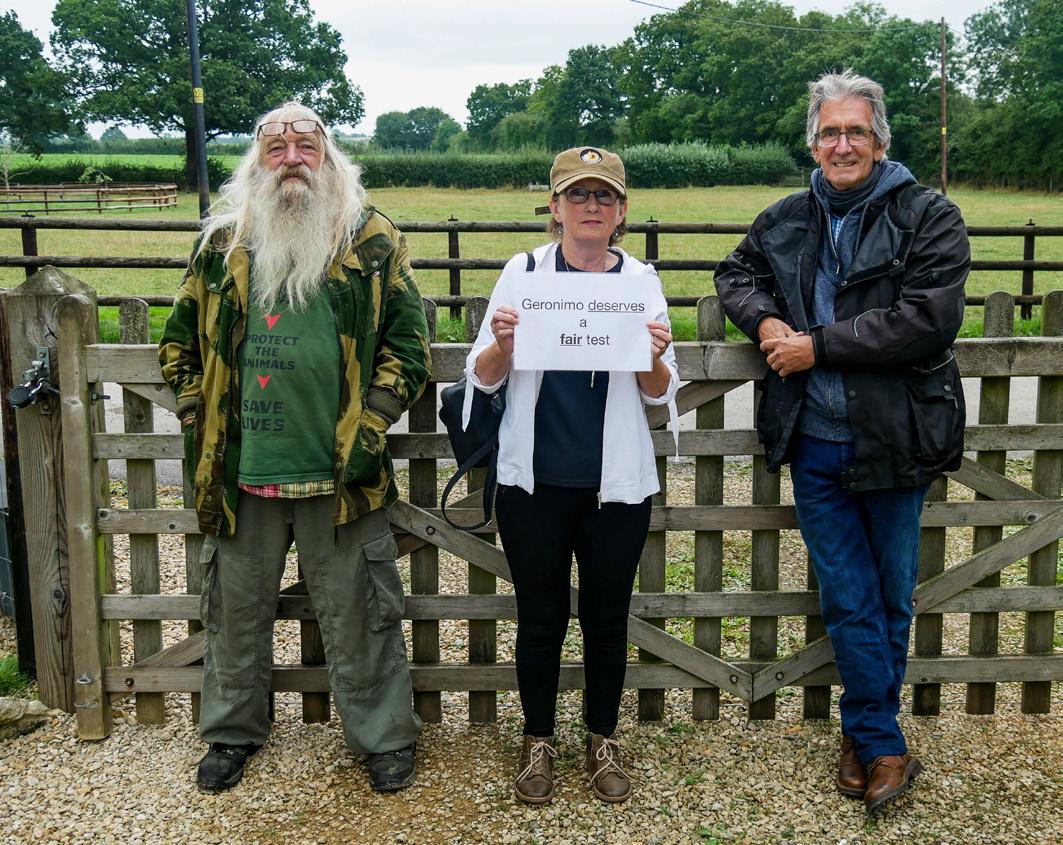
98
Spike & Friends manning the Farm Gate
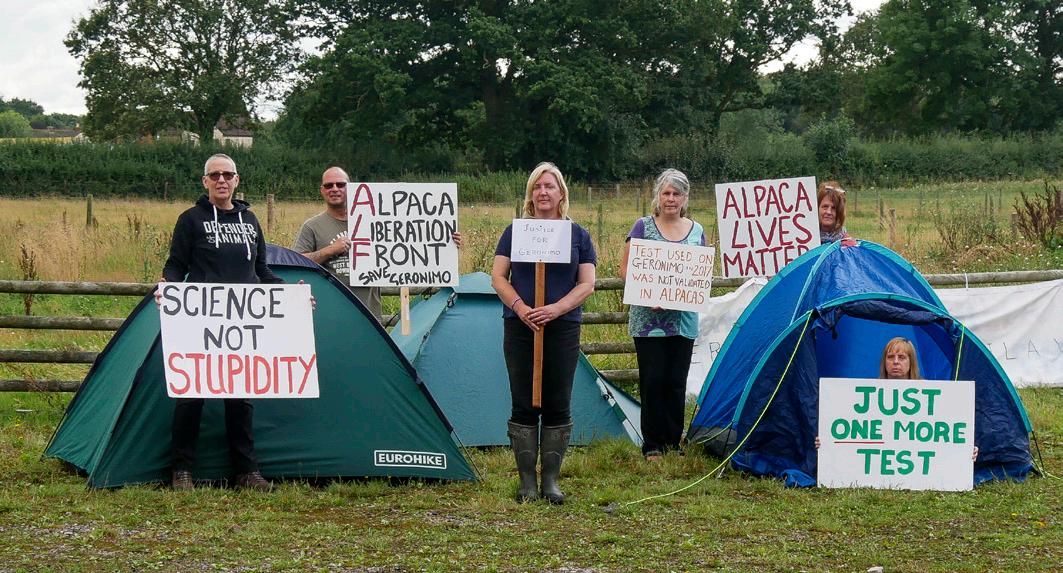

99
Top: Helen and her Alpaca Angels making a stand
The Culling Fields of Geronimo - Peter Range
Bottom: We are Geronimo banner

100
Culling Fields of Geronimo - Peter Range
Helen Macdonald’s Live Statement to the World News The
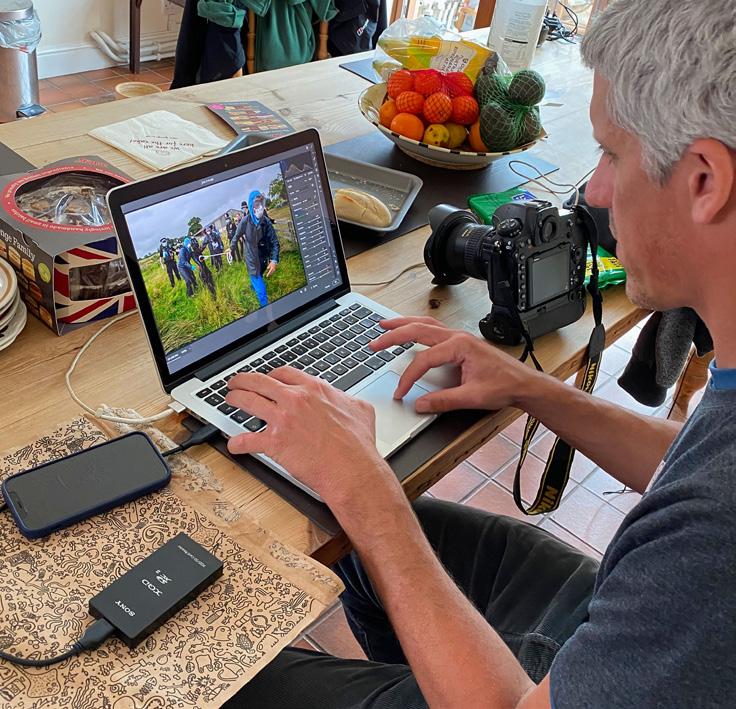
101
The Culling Fields of Geronimo - Peter Range
Andy Lloyd uploading images to his News Desk
The Culling Fields of Geronimo - Peter Range
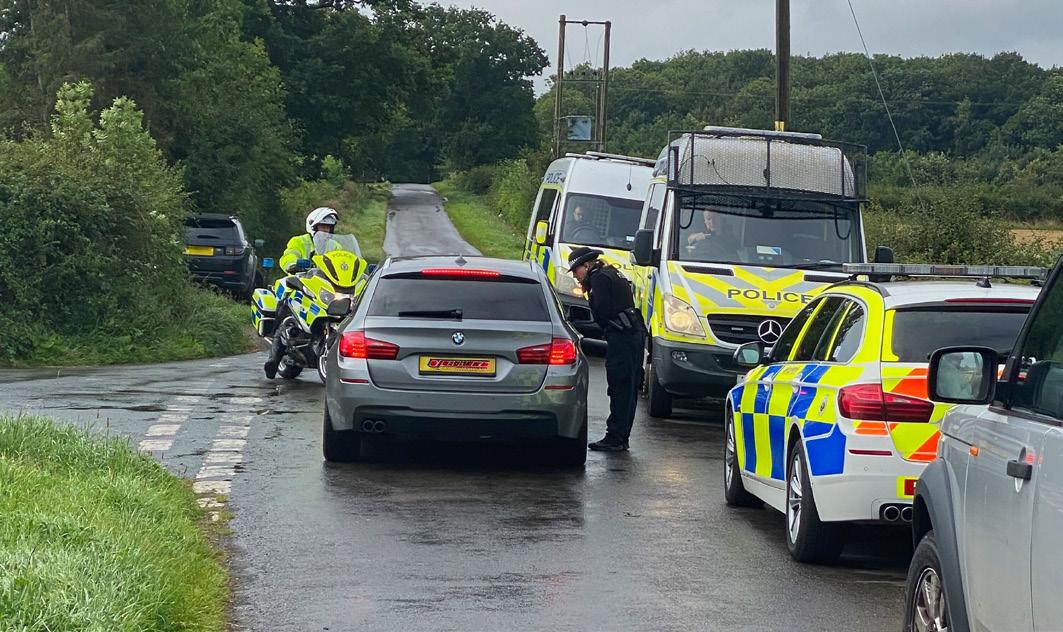
102
PA photographer denied access to the Farm

DEFRA
103
Geronimo - Peter Range
removing Geronimo for slaughter The Culling Fields of
The Culling Fields of Geronimo - Peter Range
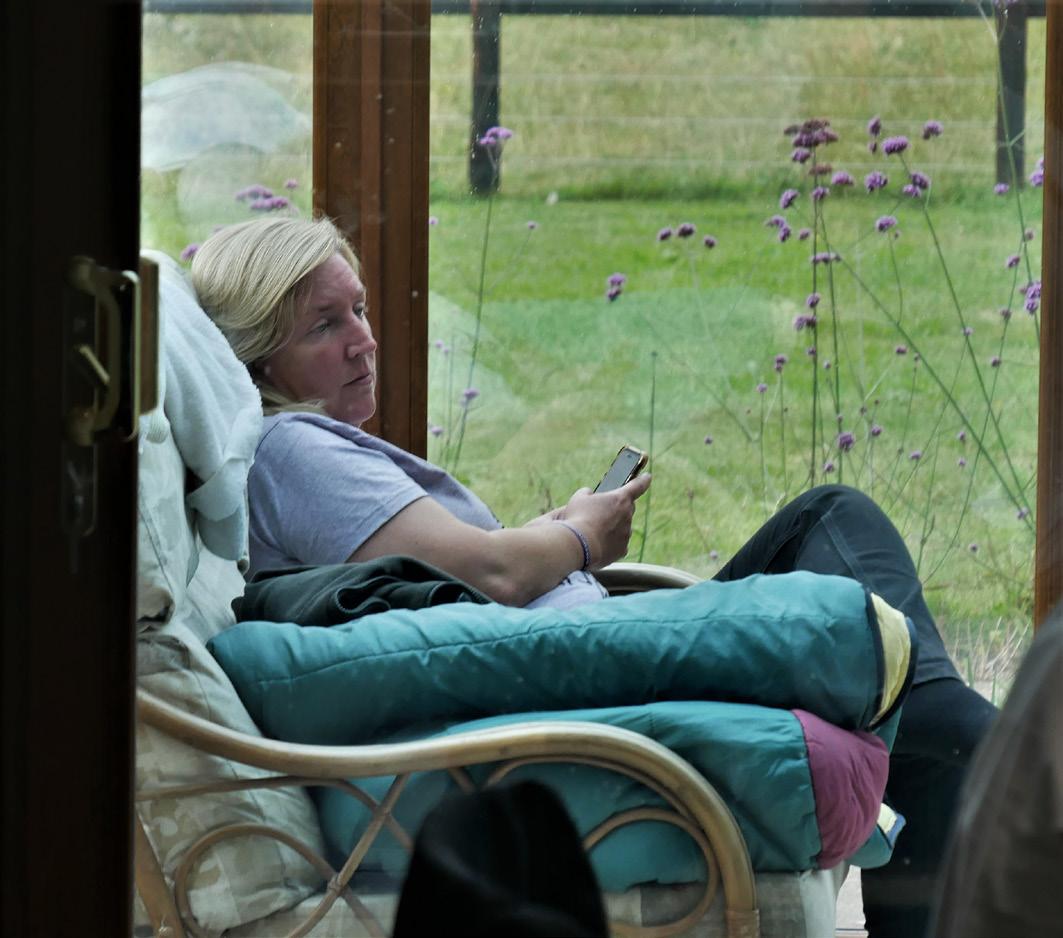
104
Helen contemplating at the end of a horrorible day

In memory of Geronimo
105
The Culling Fields of Geronimo - Peter Range
On The Bookshelf
Chris Rodmell Inis Meáin 1973-2023
Reading the foreword to Inis Meáin 1973-2023, I immediately had to reach for a map to see where exactly the Aran Islands are located (with apologies to our Irish readers), as understanding physical context and location is an essential starting point from which to properly look at, and engage with, a body of work. Protecting the mouth of Galway Bay on the west coast of Ireland, these three islands face the worst of the weather that the Atlantic spews onto the land, with Inis Meáin being the most exposed of the three islands to the elements and with it historically the least easy to access. Although located only a few miles from the mainland, it is this weather-related remoteness and isolation which gives the island its unique character. Gaelic remains the predominant language, and all the accompanying text in the book is both in Gaelic and English.
As the title suggests, this body of work started just over fifty years ago in 1973, when photographer Chris Rodmell was awarded a student bursary from Thames Television whilst studying at West Surrey College of Art & Design. He had originally wanted to use the award money to shoot work in a prison but access from authorities was very difficult to obtain, so he widened his thinking towards other ‘closed’ communities. And it was whilst at a local library that he stumbled across a book on the Aran Islands, which described Inis Meáin as the last of the three to have ‘moved’ into the 20th century. With his interest piqued, he visited Inis Meáin, with its population of less than 200 working the land and sea without electricity, and unpredictable contact with the mainland, and started to shoot both photographs and a documentary film Inishmaan Another Day. Some of the latter was shown by the BBC (and stills from this video content appear in the book alongside his medium format images). Such was the impression that the island made on him, that he started to return with camera in hand from 1996 onwards to document the changes that the islanders had gone through (although fishing and cattle rearing remain important industries on Inis Meáin).
106
Chris Rodmell - Inis Meáin 1973-2023
The book is divided into two sections, separated by a short essay by Inis Meáin’s current primary school teacher Róisín Conneely. The first seventy pages are devoted to Rodmell’s 1973 work, mainly 6x6 transparencies shot on Ektachrome Pro, which, apparently, he had left filed away for forty years. The second section is a contemporary look at the island which initially started in 1996 and continued over a number of visits up until last year. The book is also interspersed with snippets of interviews recorded in 1973 providing a unique window into a remote community and its values.
The beautiful images reflect the time Rodmell clearly put in to building a relationship with the islanders and their work. The sense of strong community abounds throughout the pages, of stories being told, shared trials and tribulations, of working with and respecting the power of nature – beautifully encapsulated by the series of pictures taken in 1973 of the farmers trying to get their cattle on and off the small ferry anchored just offshore. And a 1973 quote by fisherman Ruairí Ó Coincheanainn rather sums up the history and psyche of the island: “My father was a fisherman. My grandfather. My great-grandfather. It’s part of my life”.
The second half of the book features more recent work and shows how relatively little has changed. Yes, electricity is now abundant and WhatsApp is ubiquitous, and there are other signs of 21st century influence - of course, the clothing is contemporary. But beyond that, Rodmell’s recent images suggest a determinedly preserved culture of tradition, values and kinship, the important role of church life and, albeit seemingly a contradiction on a small island, the beauty of space and freedom. Many of the same families remain there. He revisited the primary school where the children recognised pictures of their grandparents from 1973. And, as it turns, out, herding obstinate cattle, even with the use of motor scooters, remains a challenge for the best of farmers.
Inis Meáin 1973-2023 is a beautiful excursion into both a yester world of the 1970’s - a former Inis Meáin resident got in touch and commented to Rodmell that back in 1973 they had both looked like bewildered time travellers - and not-quite offgrid remote island life in the 2020’s. With stunning colour plates, informative commentary, captions and essays, and at 176 pages, this hardcover first edition of 400 should be an essential part of any documentary photobook collectors’ library and is highly recommended.
All Images ©Chris Rodmell
Inis Meáin 1973-2023 by Chris Rodmell is published and distributed with support from RRB Books, 2023.
£55 from rrbphotobooks.com/products/chris-rodmell-inis-meain-1973-2023
Reviewed by Nick Hodgson FRPS
107 Chris Rodmell - Inis Meáin 1973-2023
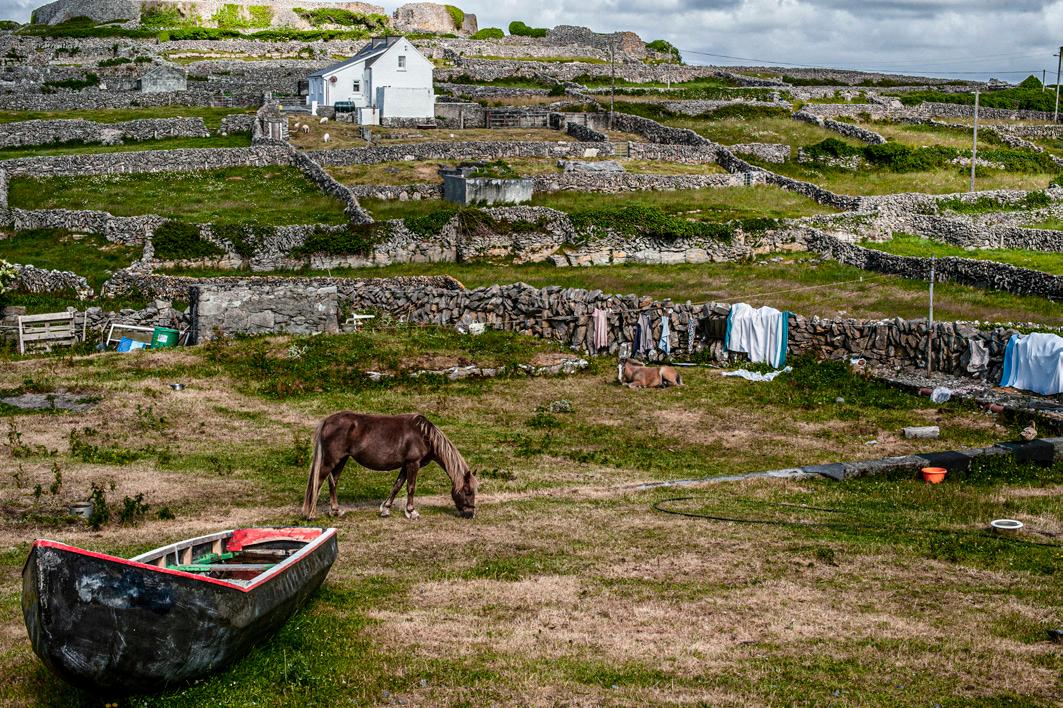
108
Chris Rodmell - Inis Meáin 1973-2023
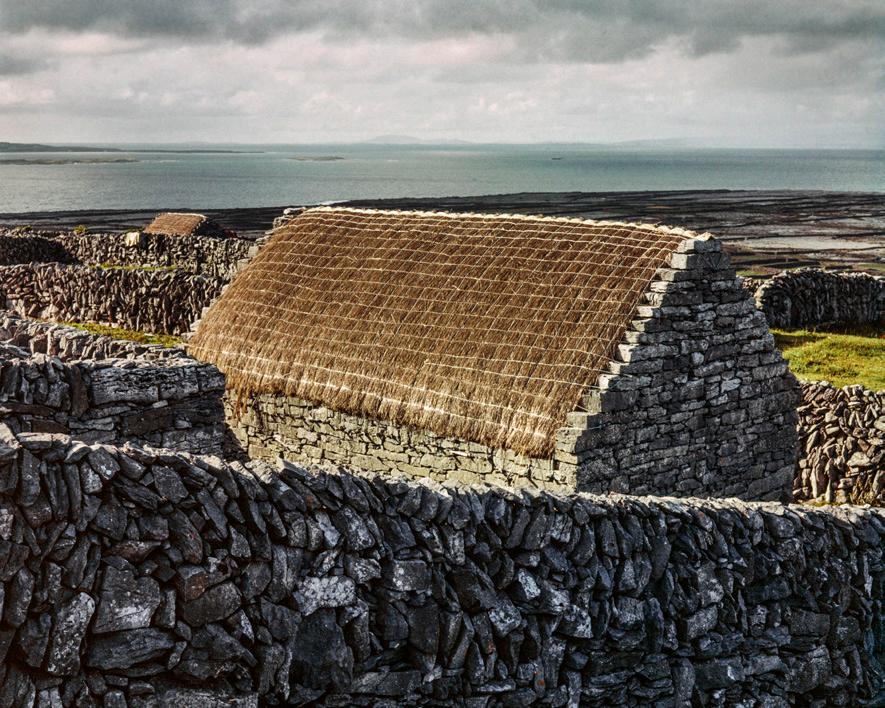
109 Chris Rodmell - Inis Meáin 1973-2023

110
Chris Rodmell - Inis Meáin 1973-2023

111
Rodmell - Inis Meáin 1973-2023
Chris
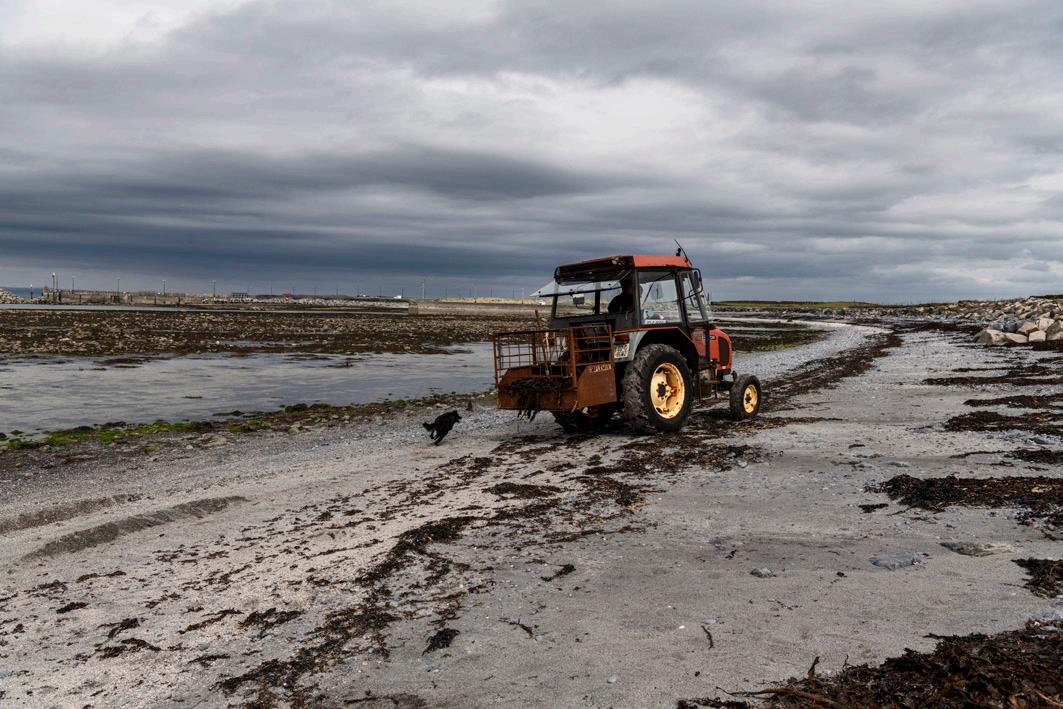
112
Chris Rodmell - Inis Meáin 1973-2023

113 Chris Rodmell - Inis Meáin 1973-2023

114
Chris Rodmell - Inis Meáin 1973-2023
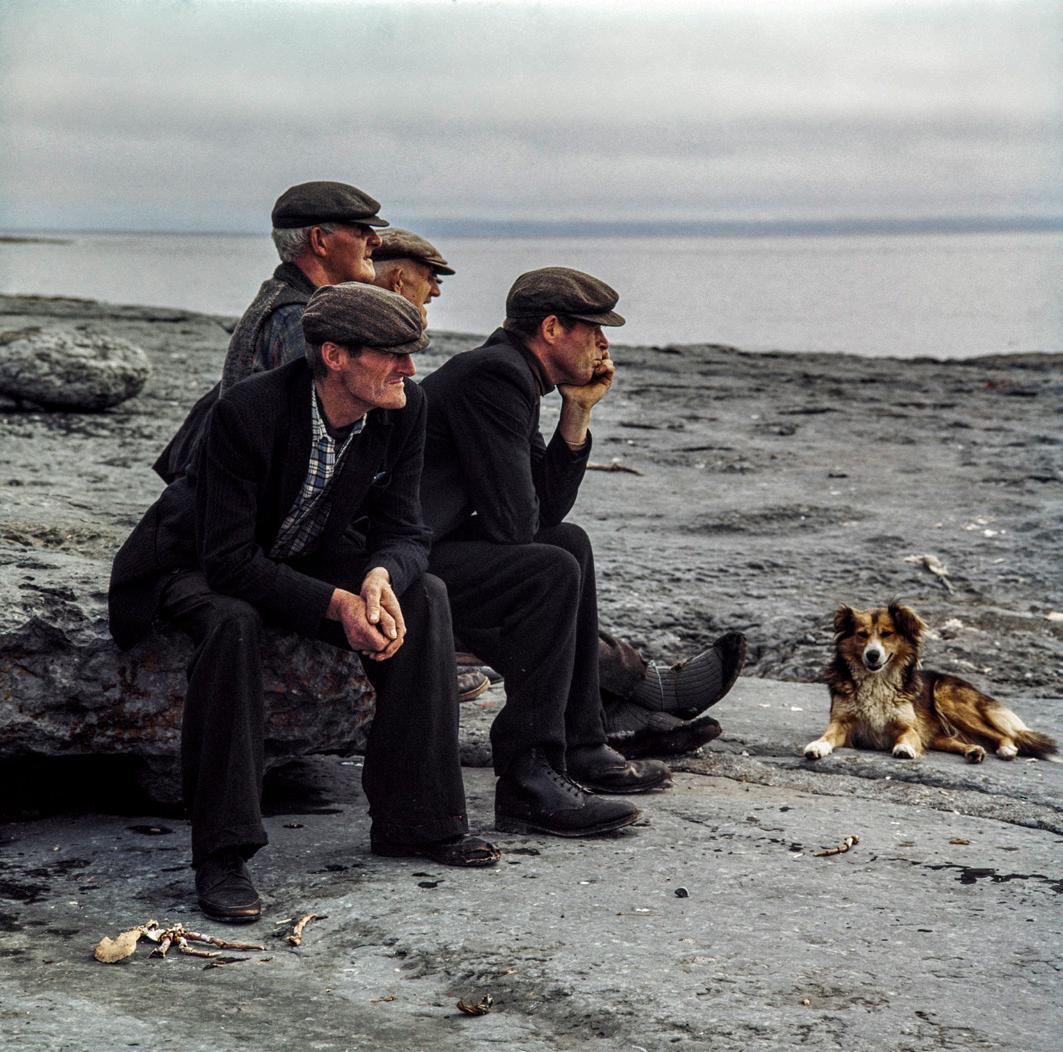
115 Chris Rodmell - Inis Meáin 1973-2023
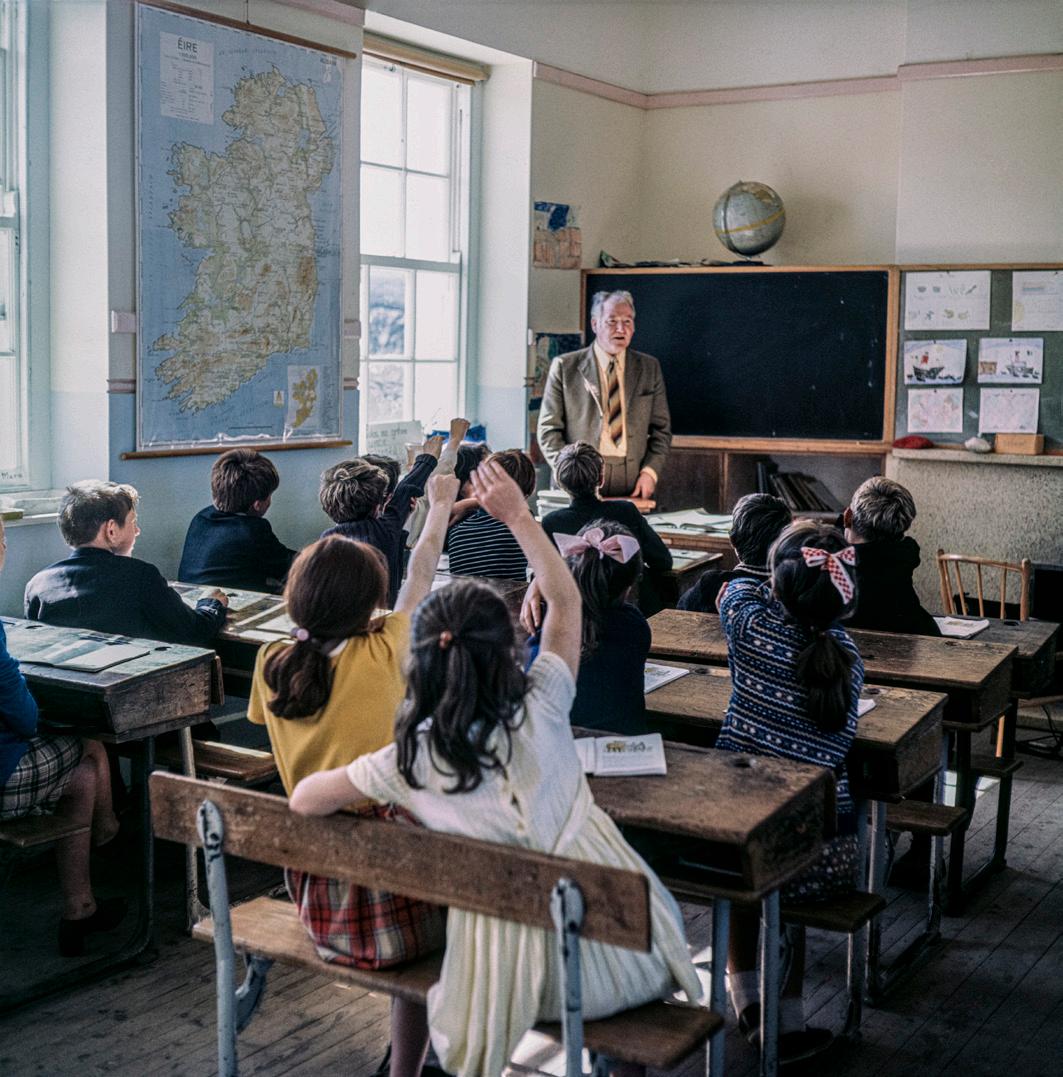
116
Chris Rodmell - Inis Meáin 1973-2023
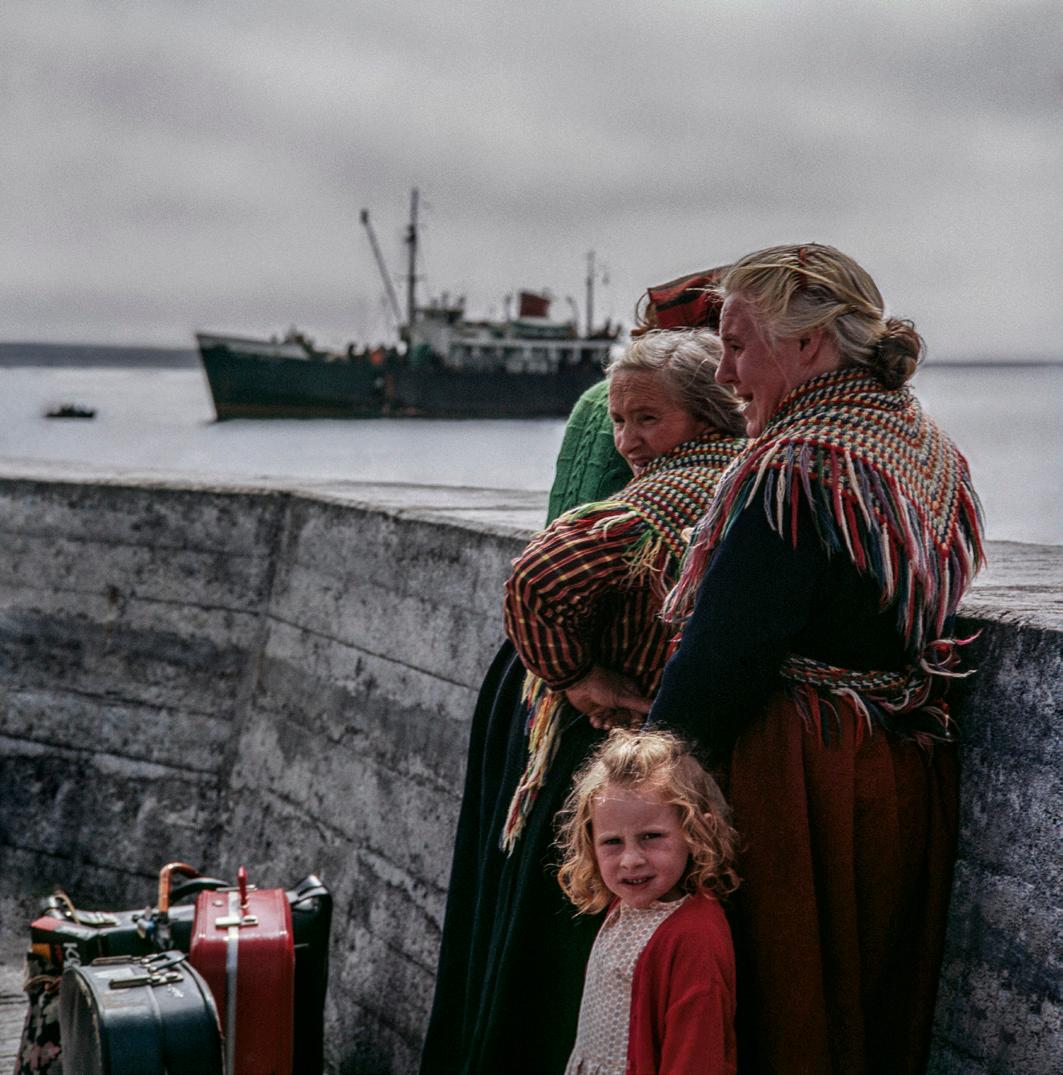
117 Chris Rodmell - Inis Meáin 1973-2023

118
Chris Rodmell - Inis Meáin 1973-2023
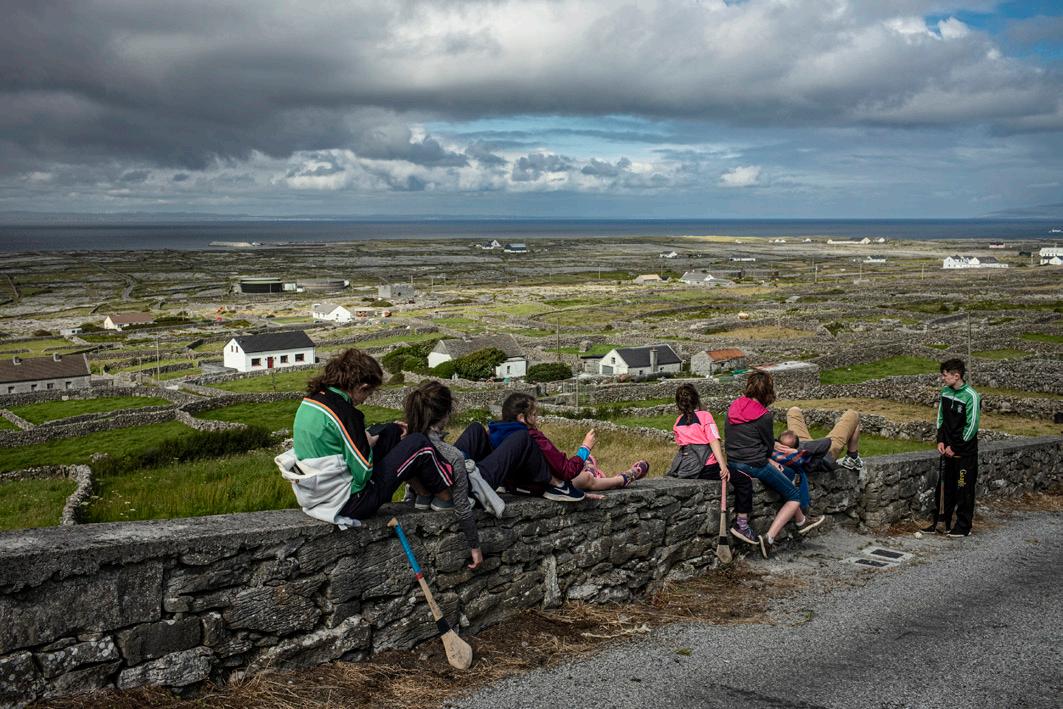
119 Chris Rodmell - Inis Meáin 1973-2023

120
Chris Rodmell - Inis Meáin 1973-2023

121 Chris Rodmell - Inis Meáin 1973-2023
The Documentary Group Online
The documentary group has a presence on the following platforms, come and join in the conversation. We understand that not everyone has a social media profile or wants to create one. That’s why all our profiles are public and can be viewed by everyone, no matter whether you have an account or not. This means you will be able to view all our posts and book on to ticketed events. Checking our RPS page and searching for events is still a good way to keep informed with all that is happening in the Documentary group. If you have any questions you can always e-mail us – all our contact details are listed there.

Facebook
Facebook Page - facebook.com/rpsdocumentary
Our public Facebook page is new, but it already highlights the successful projects that entered our Documentary Photographer of the Year competition. You can also find albums for the Bi-monthly Competition winners and short texts from our Journal The Decisive Moment (DM) there – these updates are designed to be easy to read on a phone screen that also provides you with the link to the full articles.
Facebook Group - facebook.com/groups/RPSDVJ
We also have a closed group Facebook page, exclusively for our members. If you want to join us there, you can share your pictures with us, ask for advice, and engage with our online community.

Instagram @rpsdoc
Instagram is an image-based social media platform, so think of our profile as of an online gallery. If you follow us there, you can see pictures from our competition winners, DM contributors and members along with invitations to events and images from these occasions. Instagram is the place where we want to promote the work of our group and our members to the wider public and encourage them to follow and engage with our projects.

Flickr
Royal Photographic Society - Documentary Group
Documentary Group members run an active group on Flickr with plenty of images and the opportunity to discuss them with the group.
Contact: docweb@rps.org rps.org/documentary


X / Twitter
@rpsdoc
Our X/Twitter page is for short important updates such as events, exhibitions, call for entries or other announcements. If you do not have much time for scrolling on social media but still want to be in on the action, we recommend you to follow us there. We promise we’ll be short and concise.


Issuu
Issuu.com - Documentary Group, Royal Photographic Society
The Decisive Moment is published on the Issuu platform where you can read each edition online or download pdfs to read offline. Please follow the Documentary Group in Issuu and use the buttons to like and share your favourite editions or individual features - it really helps support the Documentary Group.
Website
rps.org/documentary
The Documentary Special Interest Group has a section on The Royal Photographic Society website. Here you can learn more about the group, hear about recent news and future events and access an increasing number of documentary photography resources.
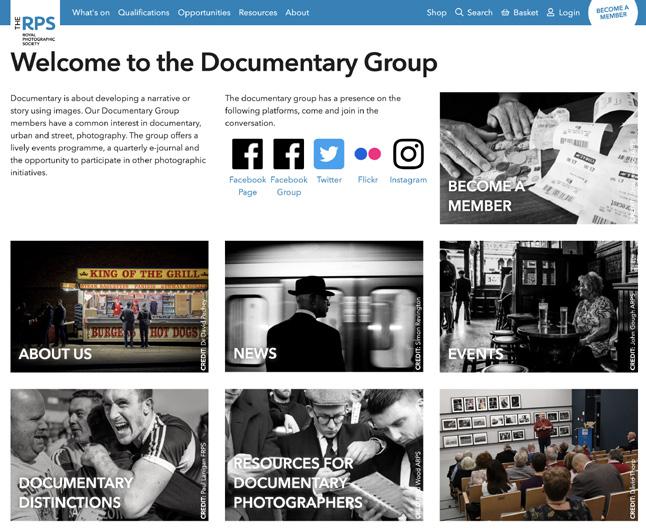
#rpsdoc

Documentary photography as a practice spans a range of approaches, so makes precise definition difficult. Taken literally, all forms of photography can be described as documentary, in that they document someone, something or some place. As a working definition, the Documentary Group uses the following:
“Documentary photography communicates a clear narrative through visual literacy. It can be applied to the photographic documentation of social, cultural, historical and political events.
Documentary photographers’ work always has an intent; whether that is to represent daily life, explore a specific subject, deepen our thinking, or influence our opinions.”
rps.org/documentary

Facebook

Flickr


Instagram X / Twitter
Members form a dynamic and diverse group of photographers globally who share a common interest in documentary and street photography.
We welcome photographers of all skill levels and offer members a diverse programme of workshops, photoshoots, longer-term projects, exhibitions, an online journal and newsletter and the RPS Documentary Photography Award (DPA).
Some longer-term collaborative projects are in the pipeline for the future. We have a active membership who participate in regional meetings, regular competitions and exchange ideas online through our social media groups.
The Documentary Group is always keen to expand its activities and relies on ideas and volunteer input from its members.
If you’re not a member come and join us. Find us on the RPS website at: rps.org/documentary
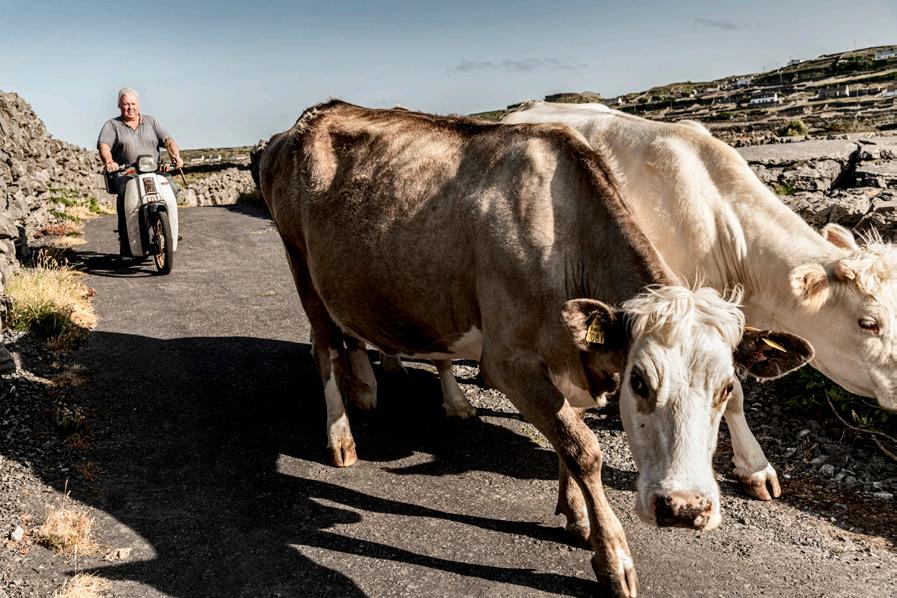
rps.org/documentary
 from Inis Meáin 1973-2023, published and distributed with support from RRB Books - ©Chris Rodmell
from Inis Meáin 1973-2023, published and distributed with support from RRB Books - ©Chris Rodmell













 Tibetan Nuns
Tibetan Nuns















































































































